Anthoulla Vassiliades and Craig Barker (both team members of the inaugural 1995 season) cut the cake. Here's to another 21 years of archaeological investigations!
|
2016 marks the 21st anniversary of the Paphos Theatre Archaeological Project. The team took time off work to celebrate with cake! Anthoulla Vassiliades and Craig Barker (both team members of the inaugural 1995 season) cut the cake. Here's to another 21 years of archaeological investigations! Team member Cat Fenech who will celebrate her 21st in a couple of weeks gets some practice for her own birthday (she is also the first team member born after the excavation project began!).
1 Comment
As we reach the end of the dig, it’s hard to believe that three short weeks ago I boarded my first solo international flight, headed for a country I had never visited, with a language I didn’t speak, to live and work with people I had never met, with absolutely no understanding of archaeology further than the words ‘strata’ and ‘plum-bob’
Three weeks later and I have learnt so much, I now actually understand most of the jargon that gets thrown around on site, as well as enough Greek to buy my groceries (given that the conversation doesn’t progress beyond Hello, no I don’t have a shoppers card and thank you). I have made some amazing new friends (including my room mate who giggles in her sleep) eaten some fantastic food, and seen some amazing places. But between drawings a moustache on our sleeping roommate and the interesting dance moves we actually managed to get some digging done, and amongst all that I managed to get some sketches done Thanks to Craig and the rest of the team for an amazing season, it has truly been a life changing experience, who would of thought flying 14,375km from home to dig in the dirt could be such a fantastic adventure. Cat Fenech Excavator In 1995 before excavations began Richard Green took some photographs on the site. Now over 21 years later, how has the landscape changed as a result of our excavations? This house was on the south western end of the site, and became known as 'the girl's house' to the first generation of female students who stayed in it. The building was demolished in 2006, when Odos Onislou, the street that crossed the site, was closed. This 19th century house was nicknamed 'Palm Court' by the team because a series of palms out the front of the building. Both palms and the building are now gone. We used this space as a site office, and photography and conservation. The foundations of the building were partially cleared in Trench 16D this season! The trench opened by German archaeologists in the 1980s to confirm the location of the orchestra is now unrecognisable on the landscape, as the rest of the orchestra has been cleared. From the cavea looking towards the SE of the site in 1995 and again in 2016. From the cavea looking towards the SW of the site in 1995 and again in 2016. Only a very small area of the upper cavea had been cleared before our team started work in 1995. Now it is all largely cleared.
Part of the joy of being a theatre maker on an archaeological dig is having the privilege of walking on the ground that you know artists from thousands of years ago also walked across. This year I led sixteen intrepid archaeologists through a performance laboratory in order explore some of the stories related to the theatre and unlock their intuitive understanding of the space from the actor’s perspective. After a full day digging and pot washing we did a gentle warm up and worked on some focus and breathing exercises This was also an opportunity for the participants to think about the ground they were lying on and how it was last used by actors in the 3rd Century AD. Only 30 centimetres below where they were lying was the ground that actors of the Hellenistic era would have stood. We don’t know what they were thinking or speaking but we certainly knew that they took the time to concentrate on their breath and speech. Exploring the language of the plays that were heard in the theatre was the next step in our process. We looked at Seamus Heaney’s play Burial at Thebes which is a modern transposition of Sophocles Antigone. At the time our theatre was in operation Antigone was already a classic, it was consistently performed in antiquity and later became a text that was studied by students in ancient Alexandria, which is how it has survived to us in the modern world. As well as going through the given circumstances of the play, we used the language to explore the sounds, echoes and texture of the words in the space that hasn’t been used as a theatre for over 1700 years. To experience of speaking and hearing the heightened language of a family in crisis, a leader of state being challenge by a young woman, a sister in distress, and many other scenarios from the play was deeply thought provoking. We were also lucky enough to receive insight from Fiona Press, an actor currently appearing in Sport for Jove’s Antigone. http://www.sportforjove.com.au/theatre-play/antigone We have just returned from a short but successful season in Canberra and next we will be performing in the Lennox Theatre at Riverside, Parramatta. The critical and audience response has been universally rapturous, which is a wonderful thing for an actor to experience, especially for a new Australian work. Adaptor and co-director Damien Ryan has taken the risk of creating a world for this Antigone that is both modern and ancient; our Thebes is a contemporary Greece but, at the same time, we refer to 'the gods’ and the ancient burial rituals. We use an Australian vernacular alongside more formal poetic constructions. Wonderfully, this has the effect of allowing a contemporary audience to feel their own world inside that of Sophocles. The set reminds us of Aleppo but our enemy is Argos. Unusually for a modern adaptation, it includes a chorus (I play the leader). Discovering how to conjure the right mix of distance and involvement with the action and of unified and individual responses has been challenging but really rewarding now that’s truly organic. It’s a thrilling thing to feel yourself breathe, speak, move and feel alongside nine other actors and know that you are utterly in tune with each other. Our gratitude and wonder belongs to Sophocles, the originator - those ancient Greeks knew a thing or two about being human that I think we have forgotten in the 2500 years since. It’s time we re-learnt from them. Leaders of democracies everywhere would do well to listen to the lesson of this play. Her thoughts resonated deeply, especially whilst sitting in a theatre only 700km from Aleppo (less than the distance between Sydney and Byron Bay). We then turned to a very famous play set in Cyprus that is the same age to audiences today as Antigone was to the audiences who attended performances in the theatre at Paphos – Shakespeare’s Othello. Our team was brave and clear and extended themselves to speak and listen to blank verse as well as prose. We were also incredibly fortunate to receive some thoughts from actor Ray Chong Nee who is currently playing the title role in Bell Shakespeare’s Othello at the Sydney Opera House https://www.bellshakespeare.com.au/whats-on/othello-1/ Othello is complex...is it relevant? What does it have to say? Why should I as a coloured person want to perform a play about a coloured person written by a white man 400 years ago? Myriad of answers flood to mind, and to be honest many more questions follow. I think the point is, look around you (and I mean really look) and for every 'Othello' there are just as many 'Iago's'. Just as there are 'Desdemona', and 'Emilia', and 'Bianca'. We tell these stories as warnings and to create discussions that move humanity forward. That's part of my path in this production, as it is my calling in future productions of such tragedy. As Ray eloquently states, we do tell stories to create discussions that move humanity forward. What was surprising about our laboratory was how old the stories and ideas were and yet how completely modern and relevant they felt. Cyprus is on the other side of the globe to Australia an yet here we were, sharing ideas and stories that are playing out on the stage in Australia as well as having been played out on our theatre stage thousands of years ago. People often tend to think of archaeological sites as ‘dead places’ – simply ruins detached from people. But they are not. An ancient theatre like this one in Paphos was full of life in antiquity – an excited audience and brave and nervous performers. During the laboratory it was easy to imagine the hushed breaths and pearls of laughter from the audience echoing across the theatre space. Each participant got to experience being the performer as well as the spectator. A performance laboratory such as this gives an opportunity to experience the archaeological site of a theatre as it was intended to be used in antiquity – to tell stories that explore the very nature of what it means to be a human. Fiona Hallenan-Barker
theatre director and archaeoholic (as translated by Mum & Dad) 6am: Wake up smiling, have some milk, put on my dig boots 7am: Site inspections with the Director (Dad) – I get to distract the team from the work they should be doing by expressing my opinion on archaeological practices and complex stratigraphy in “blahs”, “gghhhrrs”, and “la laah’s”. 9am: Breakfast with the team, this is a great opportunity to get as many cuddles as possible. 10am: Milk and sleep, sometimes it gets tiring doing archaeology, so I go down for a nap; something which the rest of the team aren’t allowed to do. 12pm: Lunch, another opportunity to check in with the team and hear about the discoveries of coins, glass, pottery and walls from the day. 2pm: Milk and sleep (again). Good opportunity to fill nappies. 3pm: Excursion or Tour. Although work is hard, I do get some down time to see the sites, enjoy new food experiences and take a dip in the Mediterranean Sea. Recent trips have included the Paphos Archaeological Museum: The theatre at Kourion and hearing about the Tombs of the Kings 6pm: Dinner and Bedtime. Most of the time I am pretty tired from the day but occasionally like Halloween and Melbourne Cup nights I stay up and have dinner with the team, luckily I can fall asleep in Dad or Mum’s arms.
It is pretty exciting as it is my first time in Cyprus and my first dig. Who knows, in 20 years’ time I might even study archaeology at university… Dylan Edward Hallenan Barker Baby (7 months, 17 days) Associate Director In archaeology, the fun of excavation and thrill of discovering historic objects and new information tends to over-shadow the menial, but nonetheless highly important, aspects of site management. For every 10m x 10m trench there is 100 cubic metres of waste – roughly equivalent to 100 tons – for every metre you dig down. In many areas of the Paphos Theatre there are also large rocks and building blocks as earthquake rubble. All this material needs to be removed from the excavation area and is usually stockpiled until it can be removed from site. There is a collection of rocks and architectural stones that were excavated out of the nymphaeum, and need to be cleared to allow further excavation of the Roman road. The average weight of the blocks is more than 100 kg and some are in excess of 200 kg. The architectural stone – that is, the building blocks with special design features – are retained for further study. The unworked stone has been stockpiled awaiting disposal. In the past we have used a bi-pod to remove the larger stones from trenches. The photograph shows the bi-pod being used to remove rubble from the Roman road in 2010. The bi-pod was constructed by Anthony Mansfield and has been used since then to move more than 70 large (and heavy) rocks and building blocks from the road and nymphaeum. Videos of the operation of the bi-pod can be found here and here! Unfortunately, the bi-pod system is not available to use this year and so we have had to improvise. We have been able to do that by suspending each block from a steel bar – actually one of the legs from the bi-pod. It seems pretty basic and simple – but it works – more or less!
We can have three people on each end of the bar. Conceptually, if each person is able to lift 50 kg, and we use a total of six people, we will be able to lift a total weight of 300 kg. Nothing stays the same, however, and we are now looking at using two bars each with four people to lift some of the heavier stones. The approved method for using the modified bi-pod lift: It's just a jump to the left. And then a step to the right. With your hand on your hips. You bring your knees in tight. But it's the pelvic thrust. They really drive you insane. Let's do the Time Warp again. Dr Bruce Brown Researcher |
BloggersEach season our team including the directors, students, architects, volunteers, ceramicists and other finds specialists will blog about the day to day sweat and adventures that come with life on an archaeological dig. Archives
May 2023
Categories
All
|
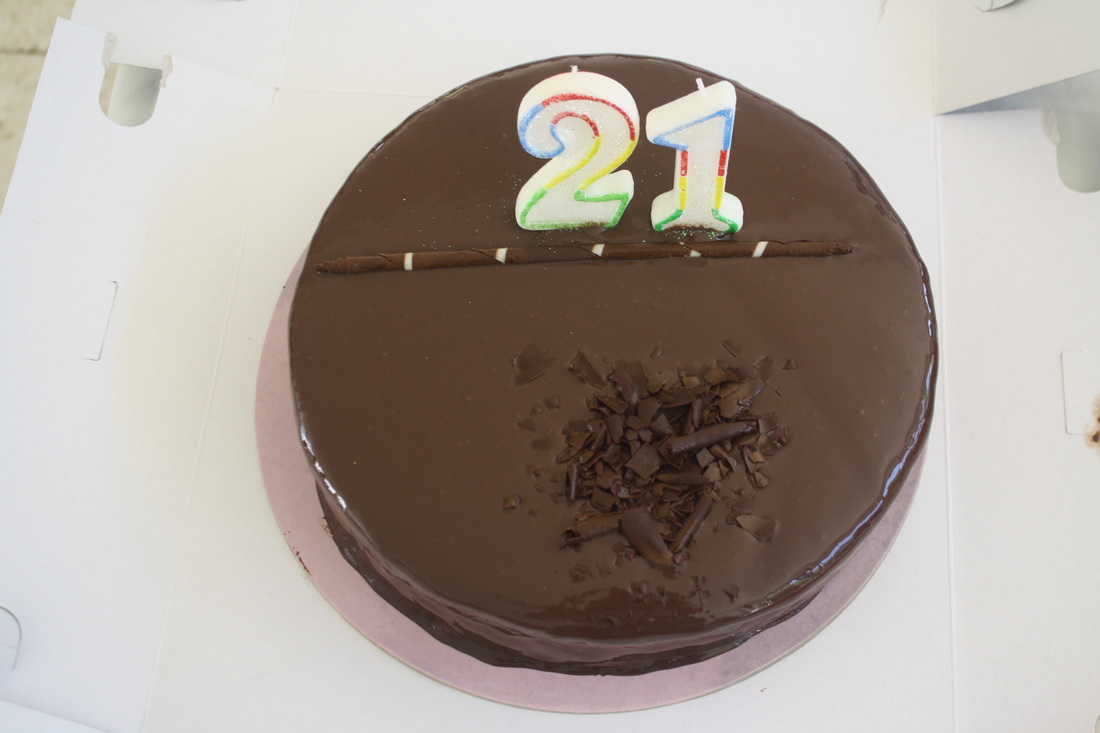
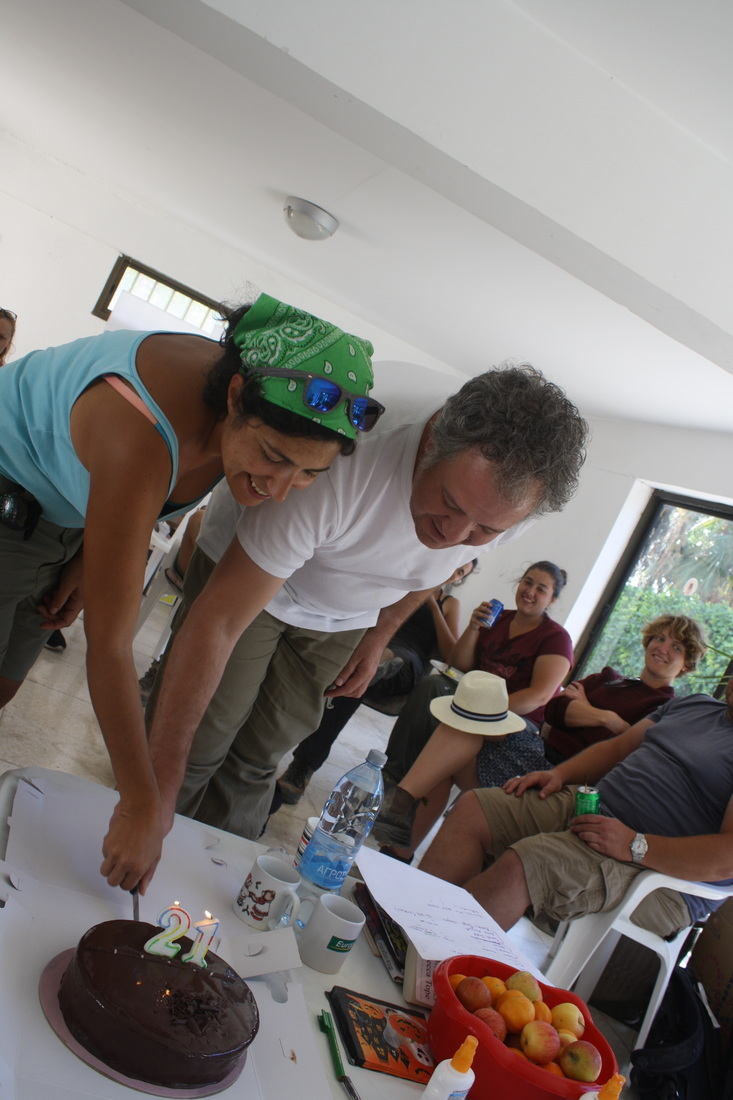
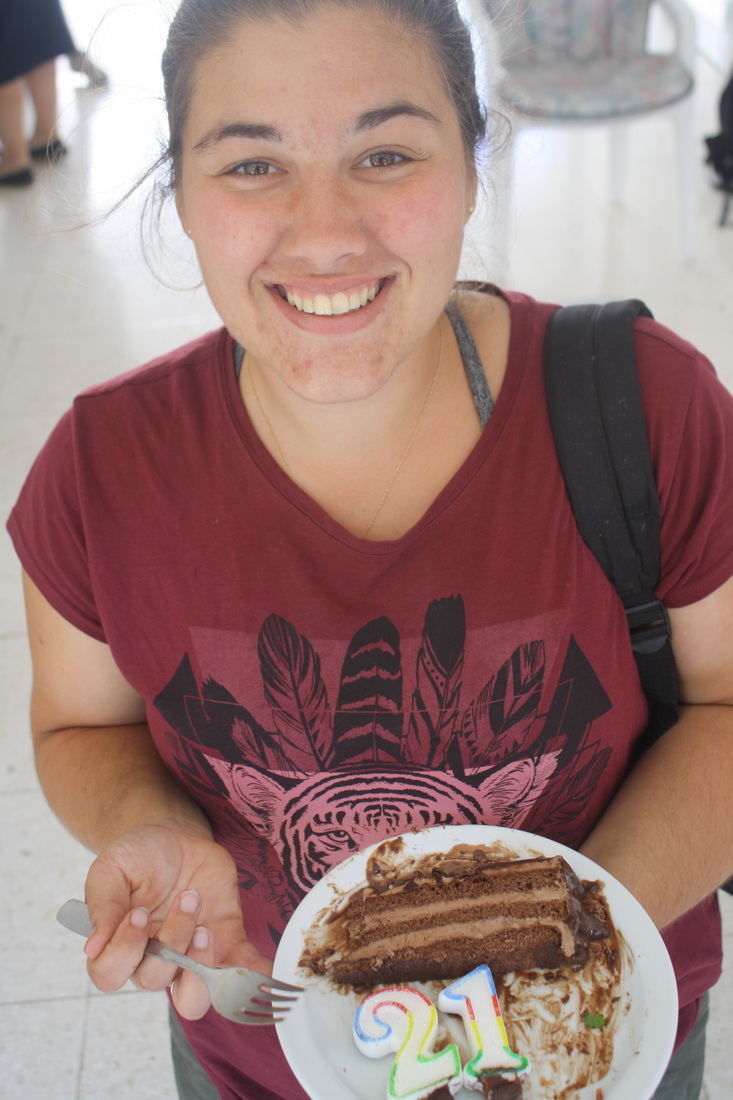
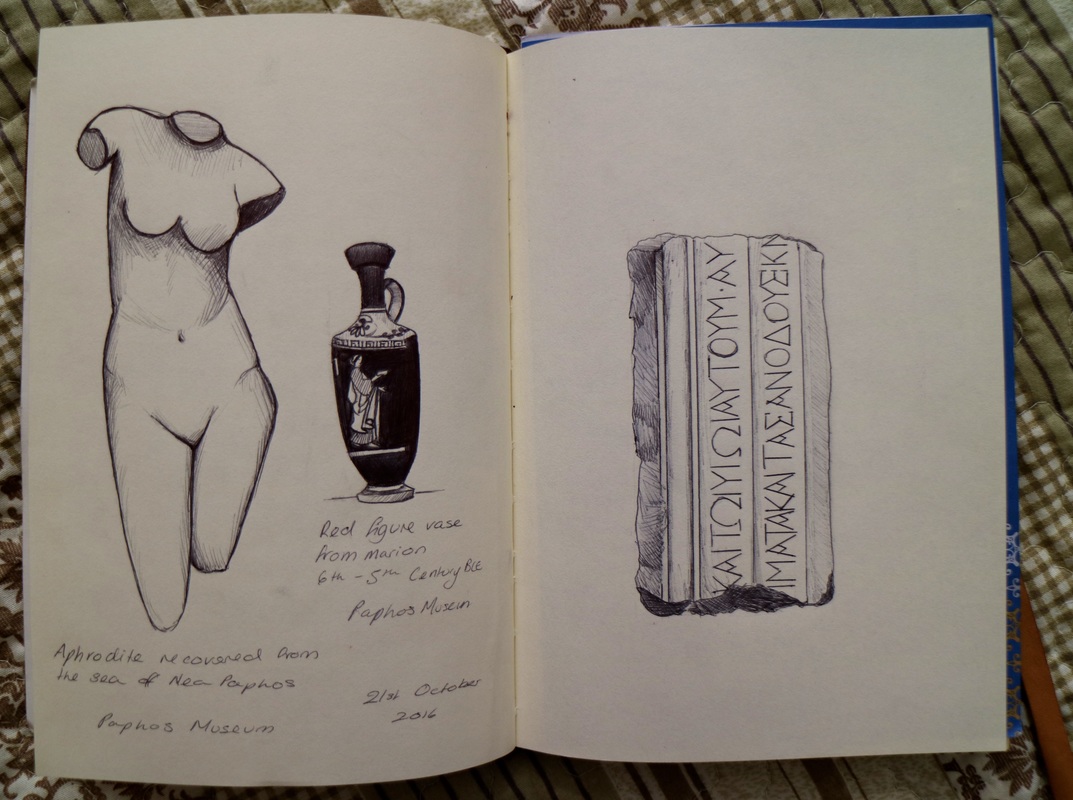
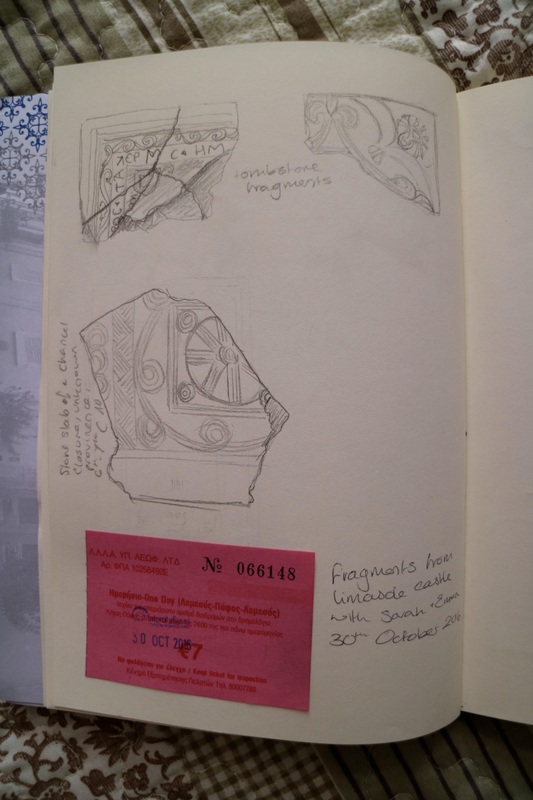
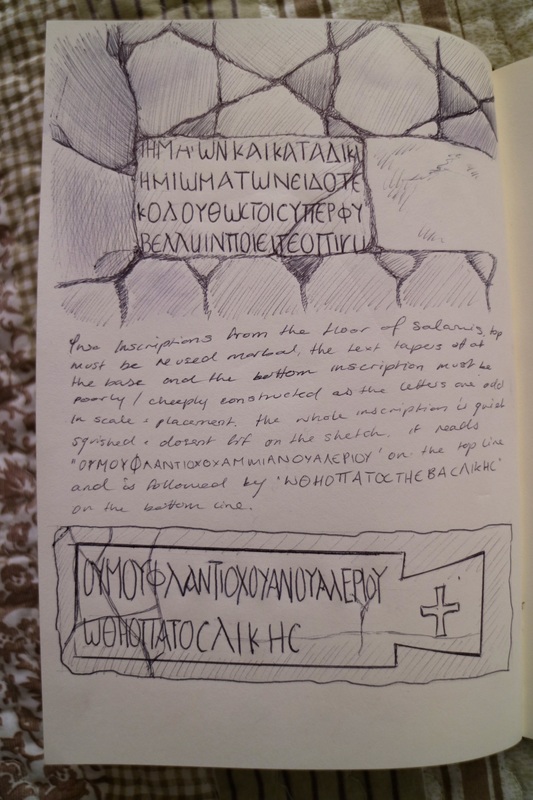
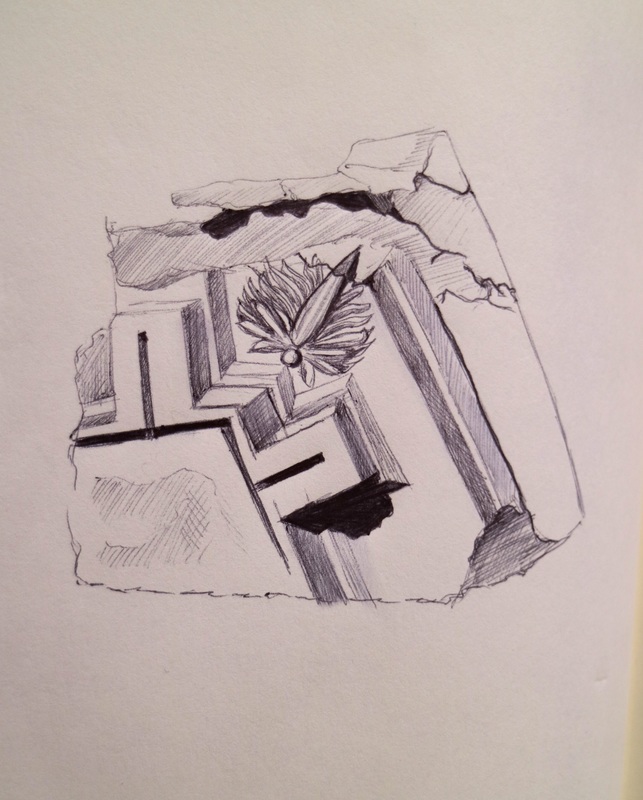
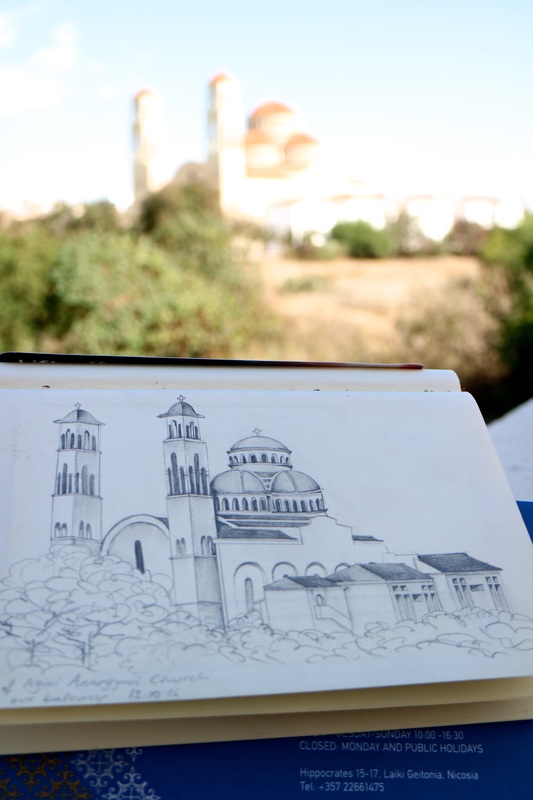
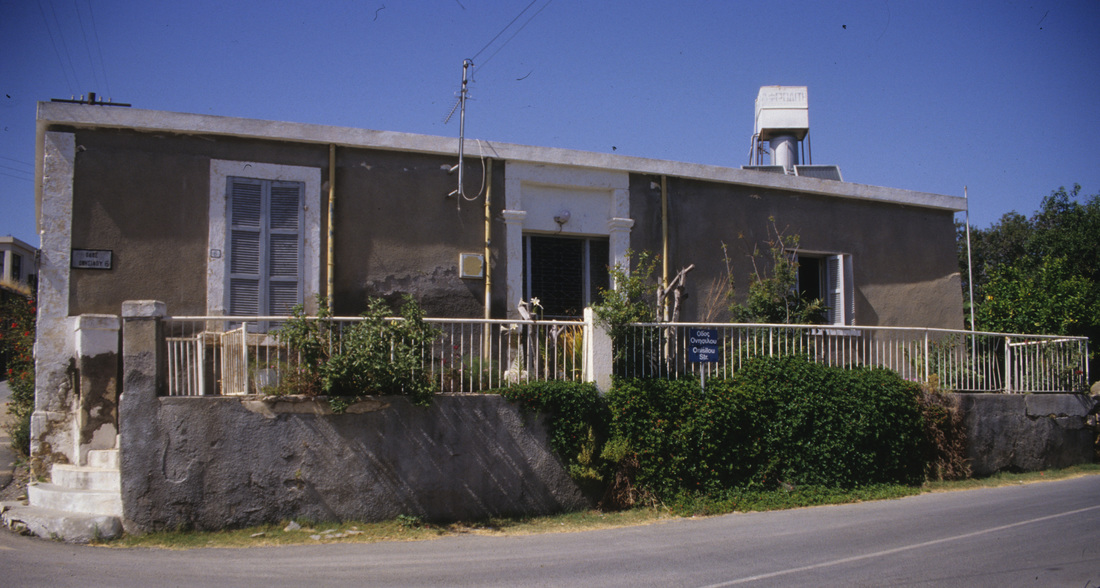
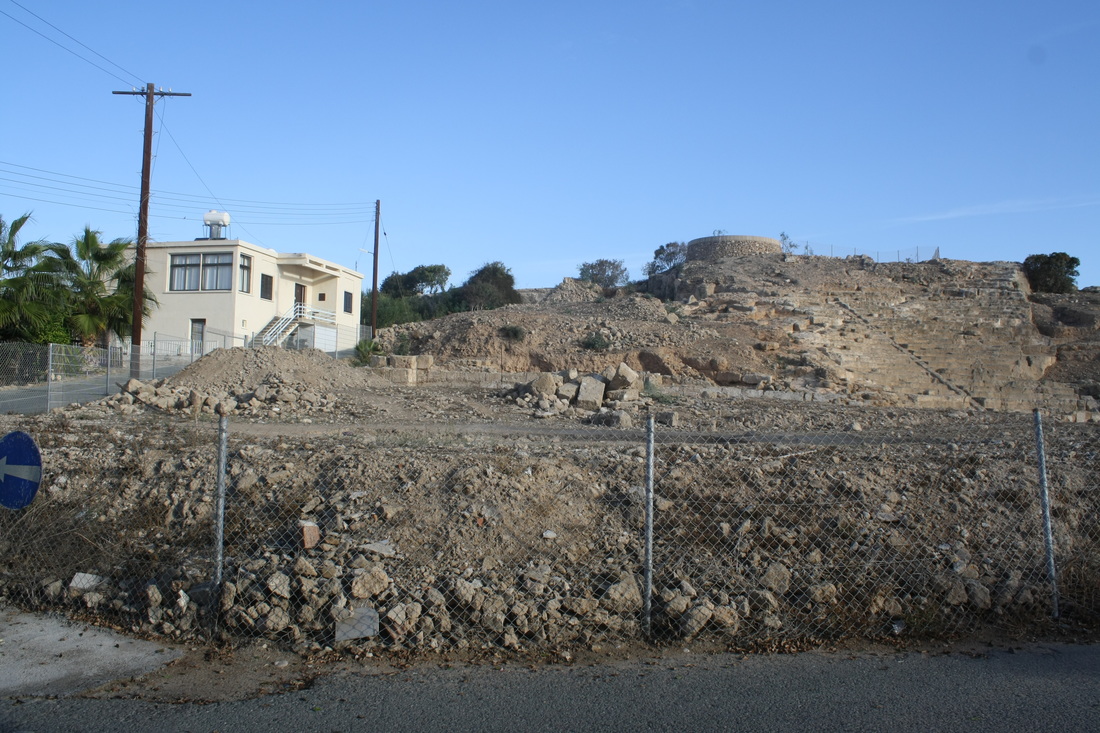
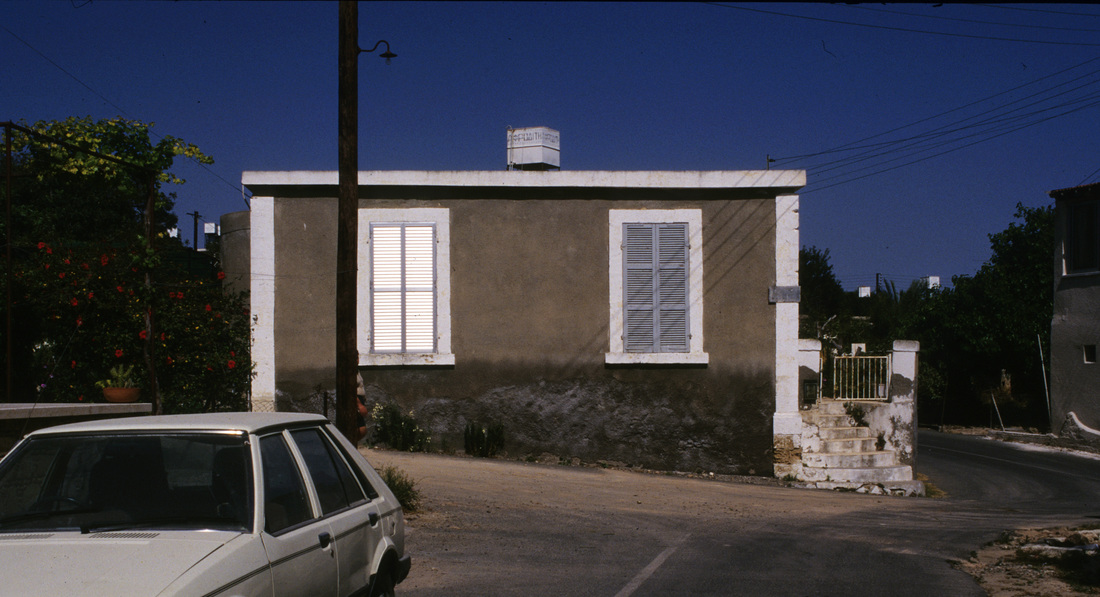
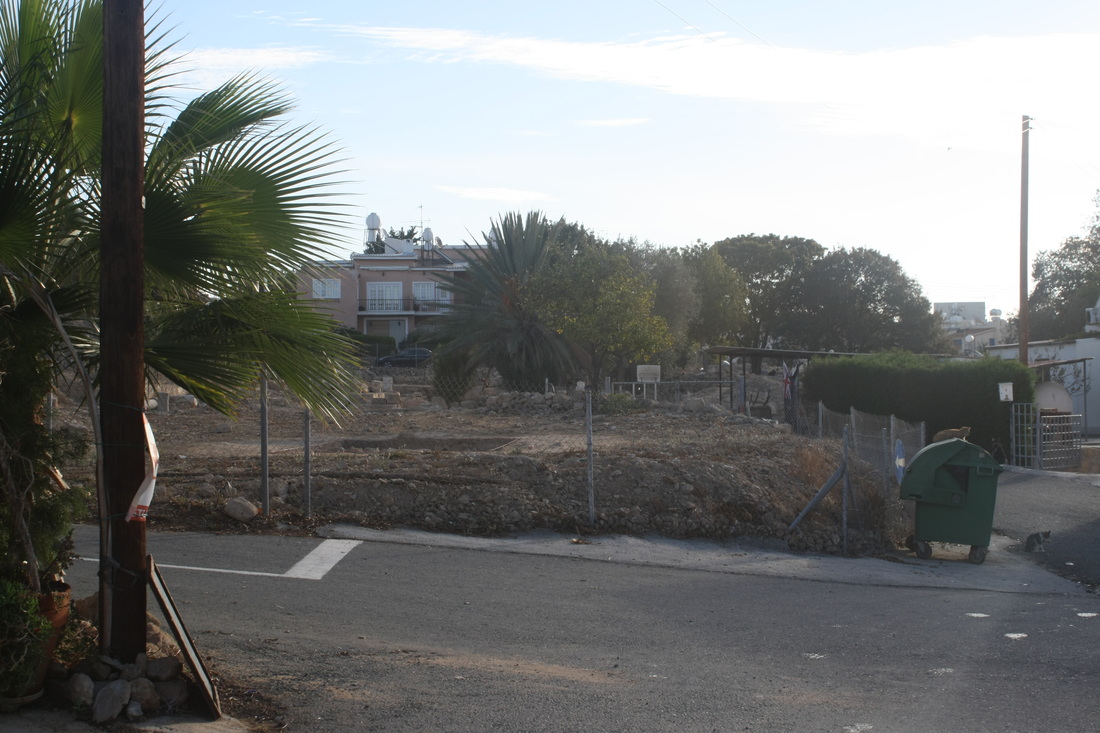
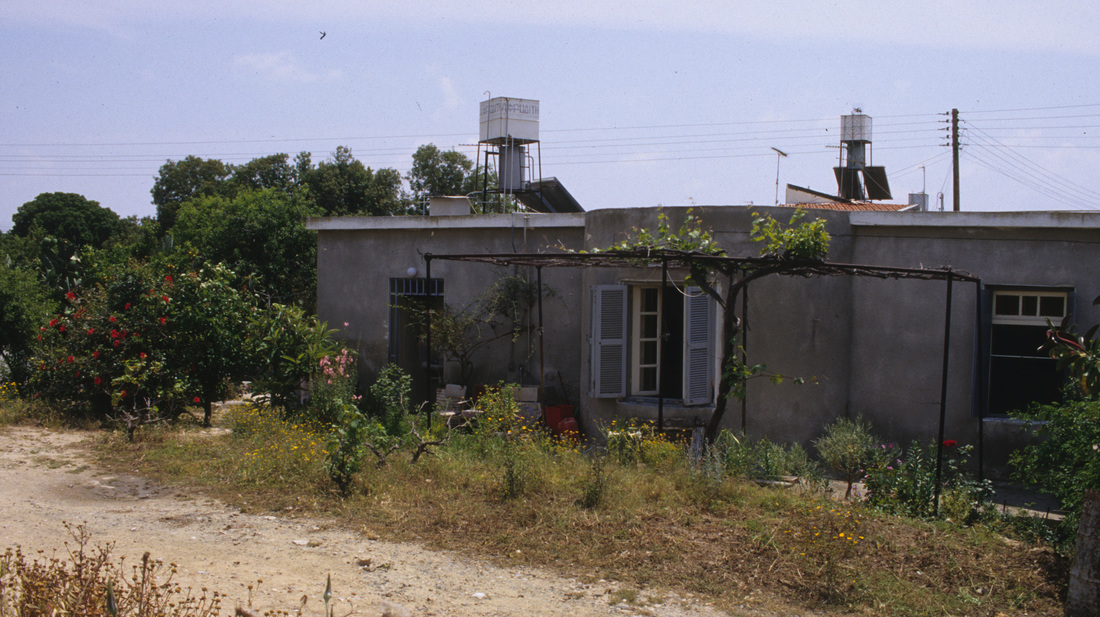
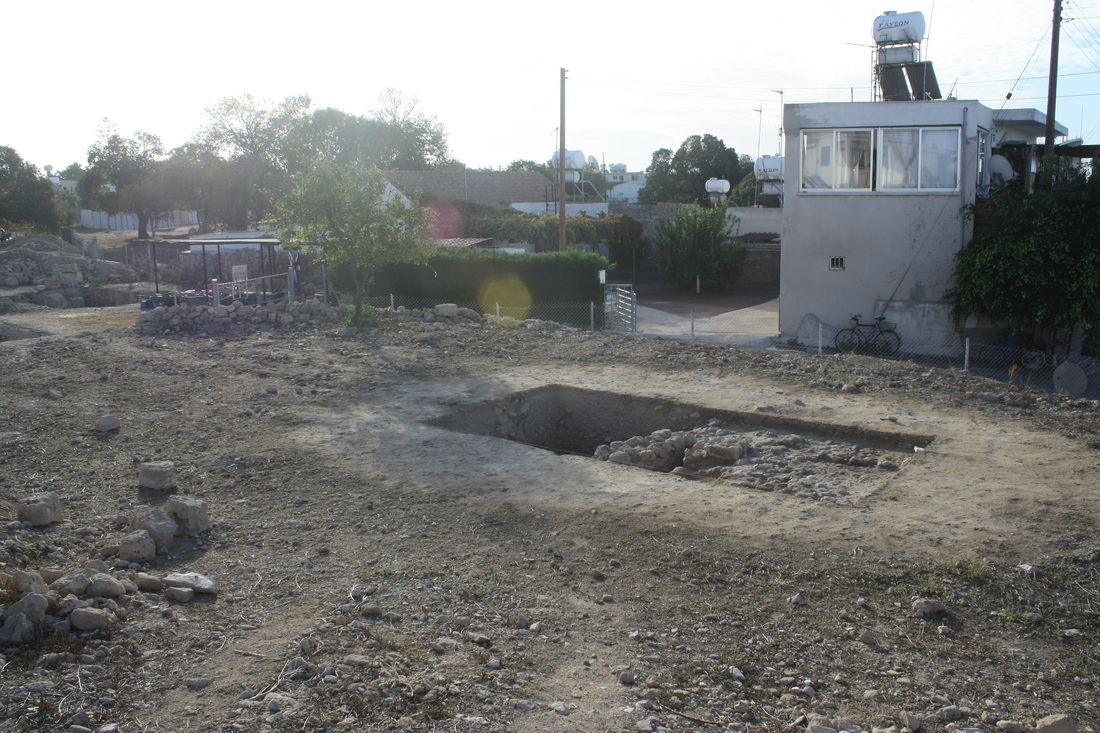
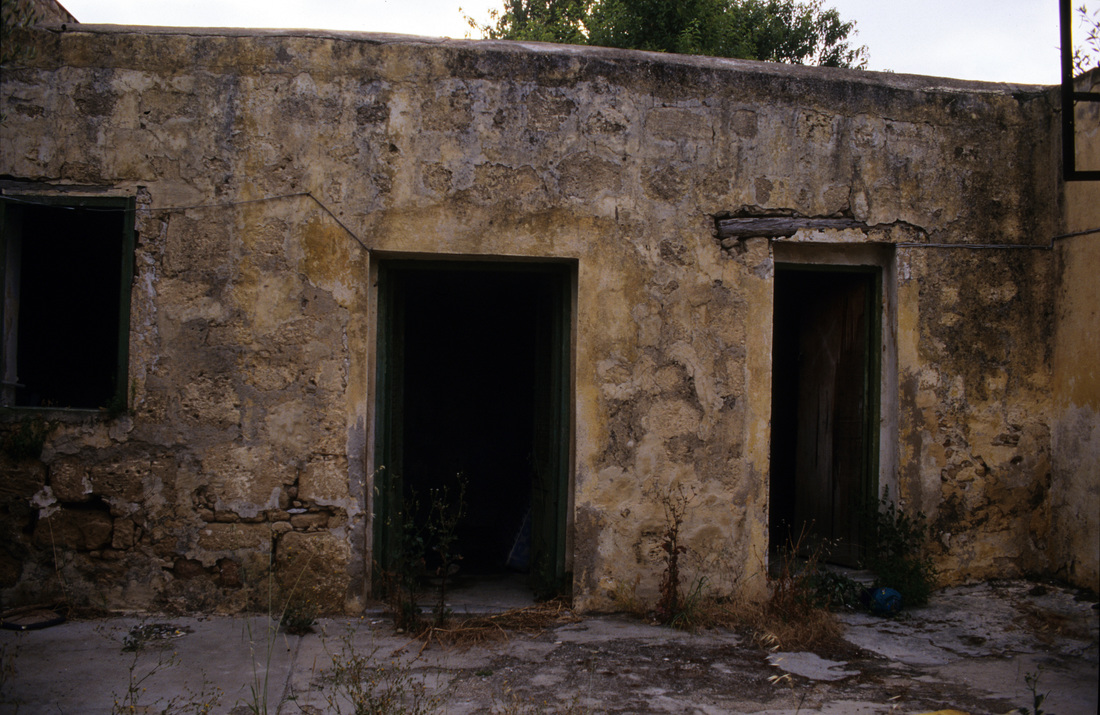
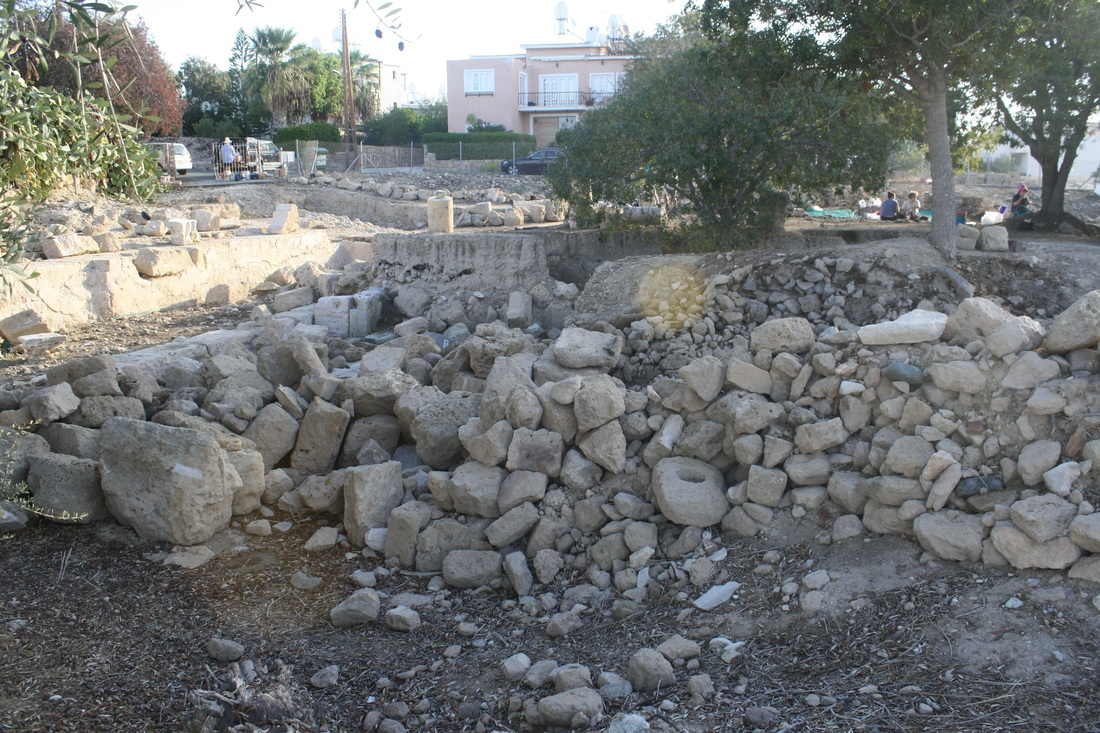
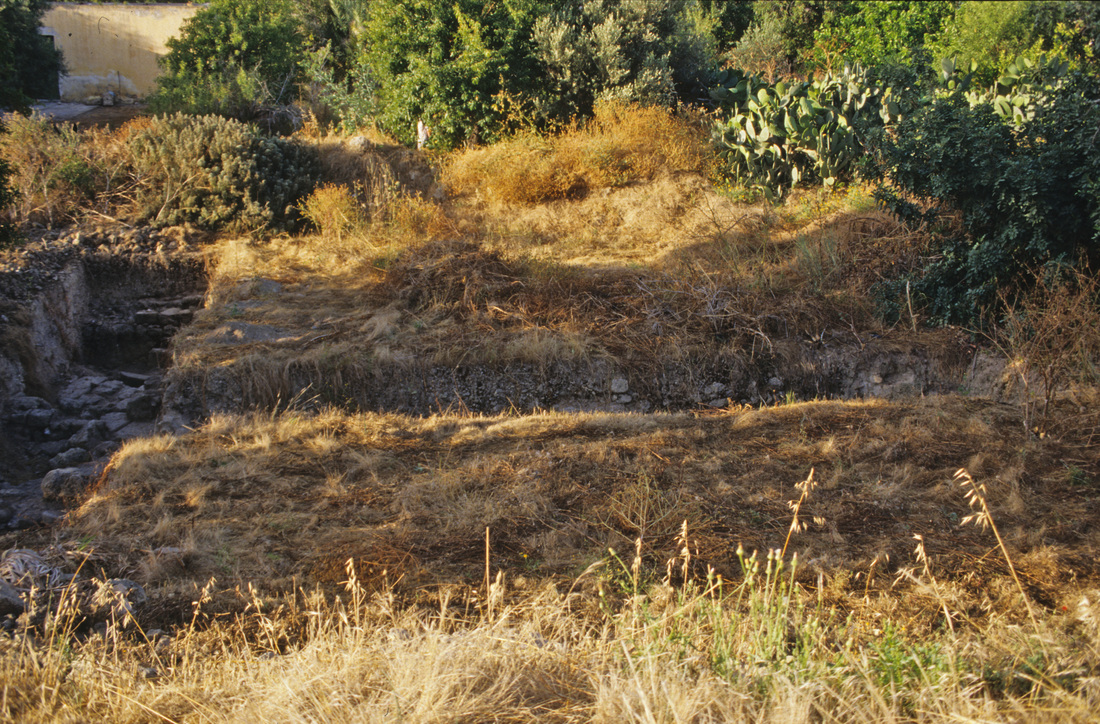
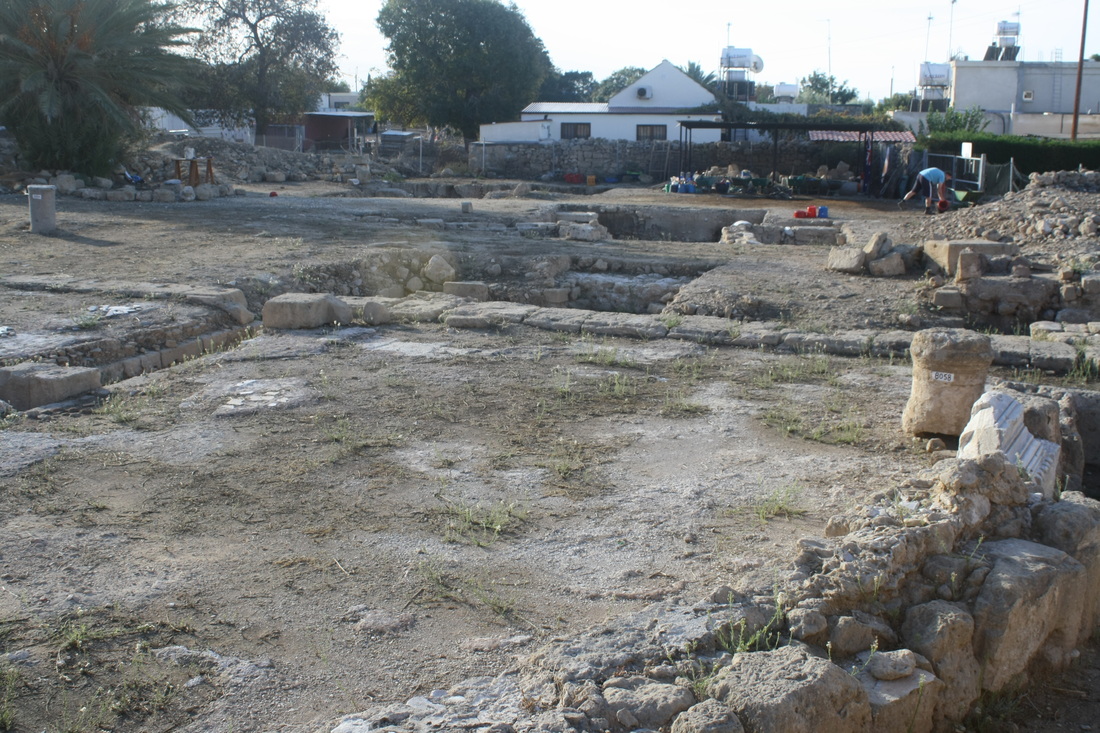
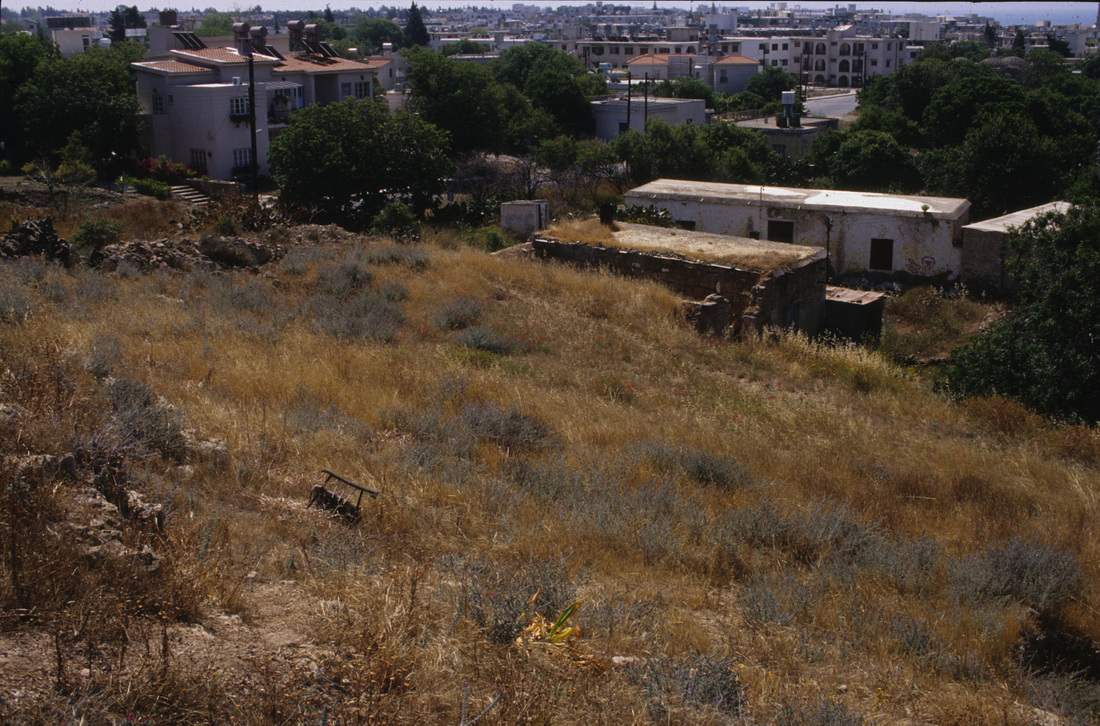
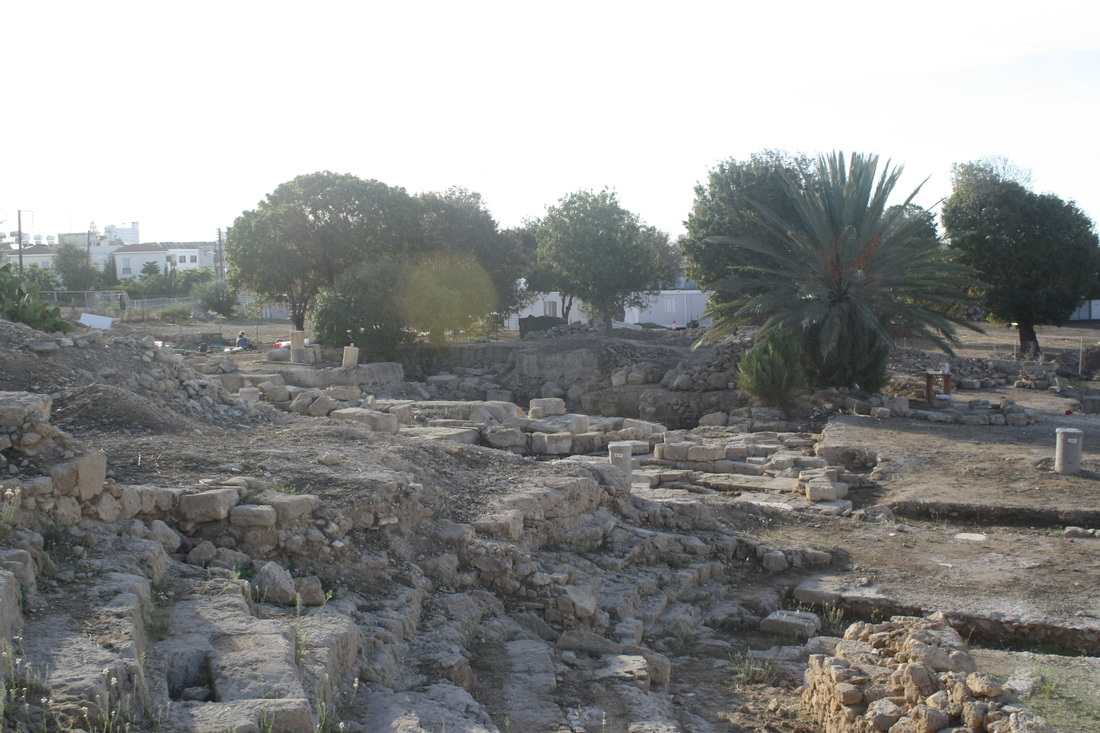
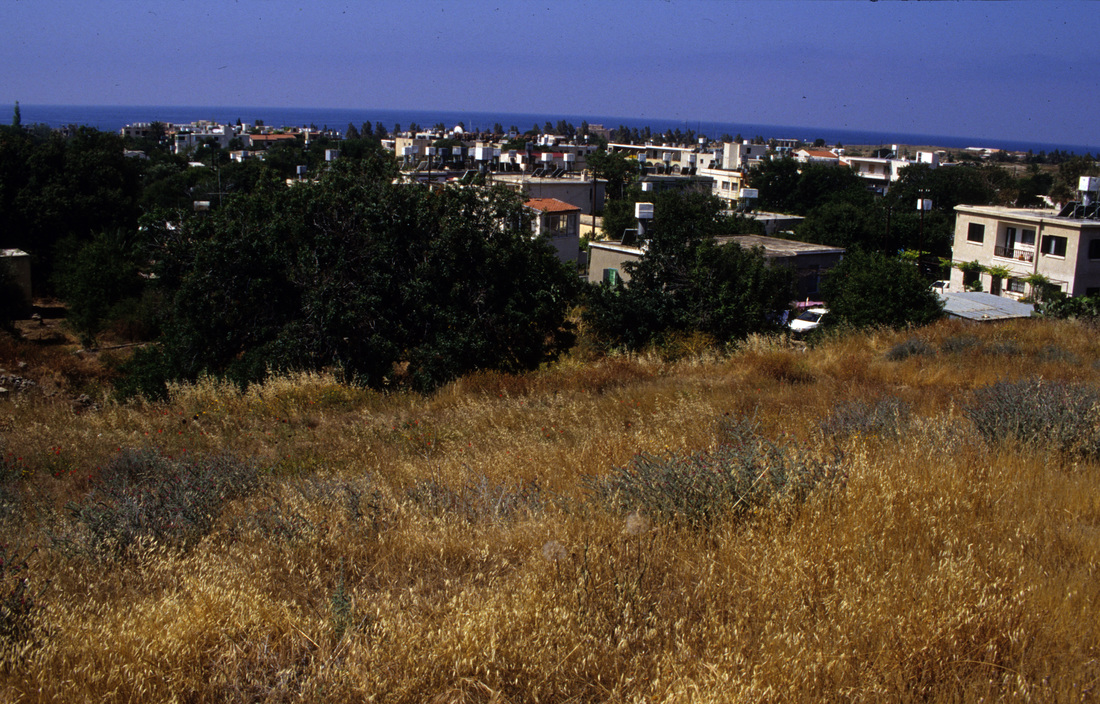
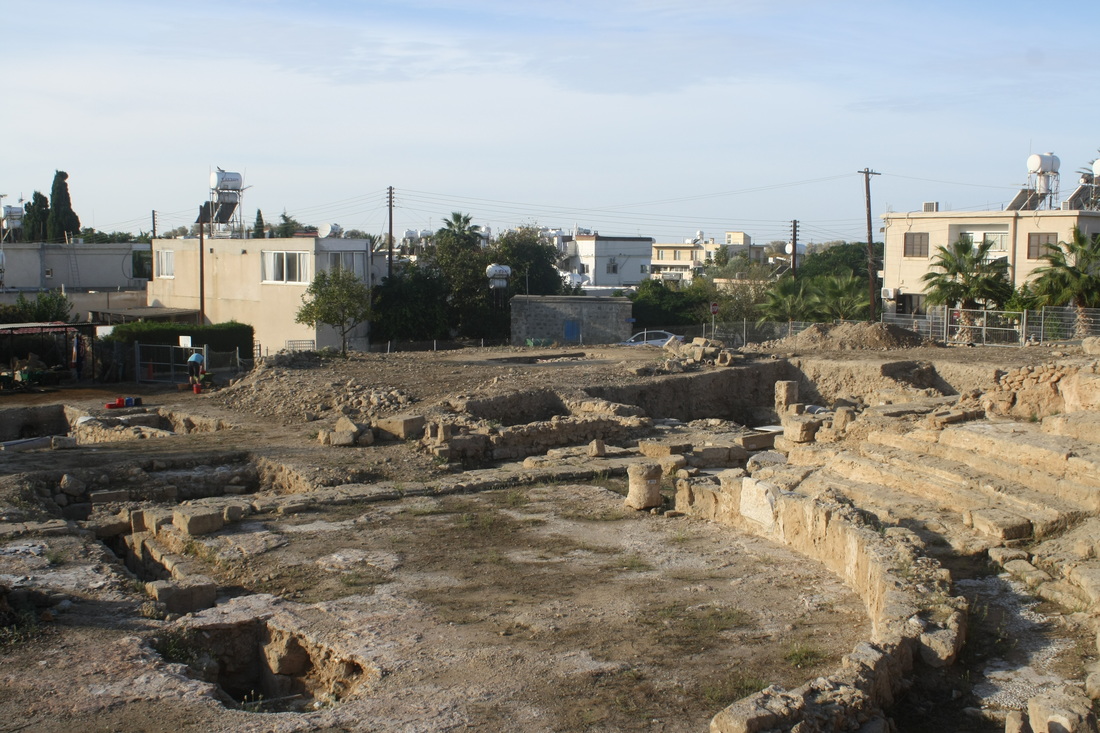

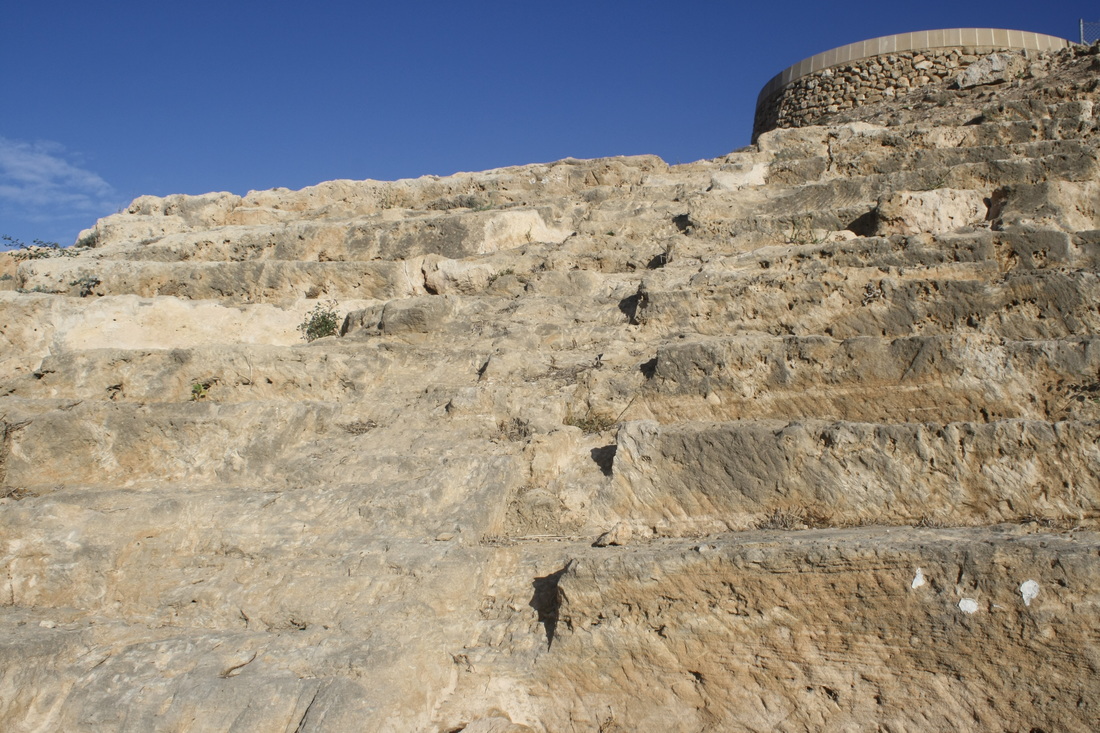


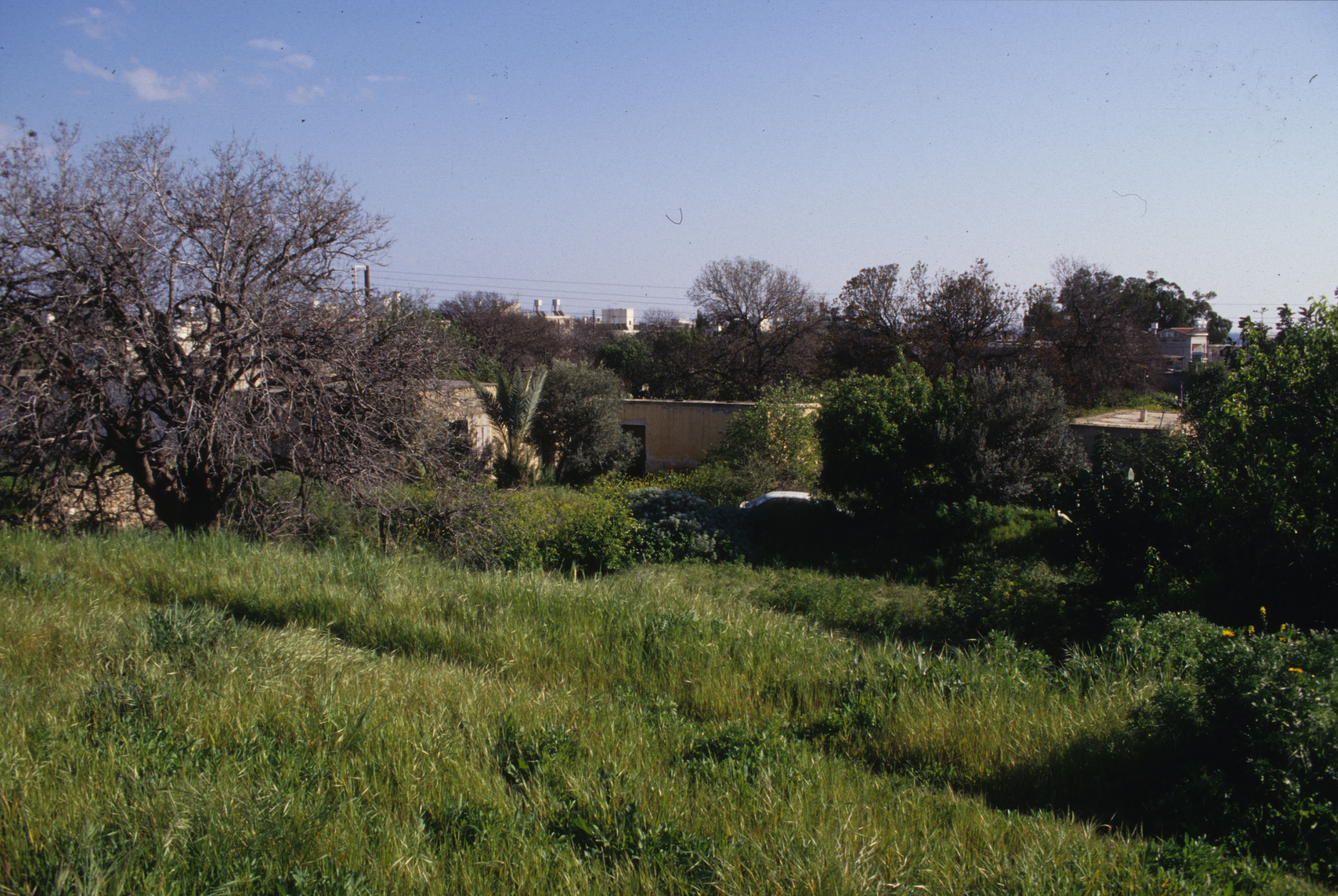
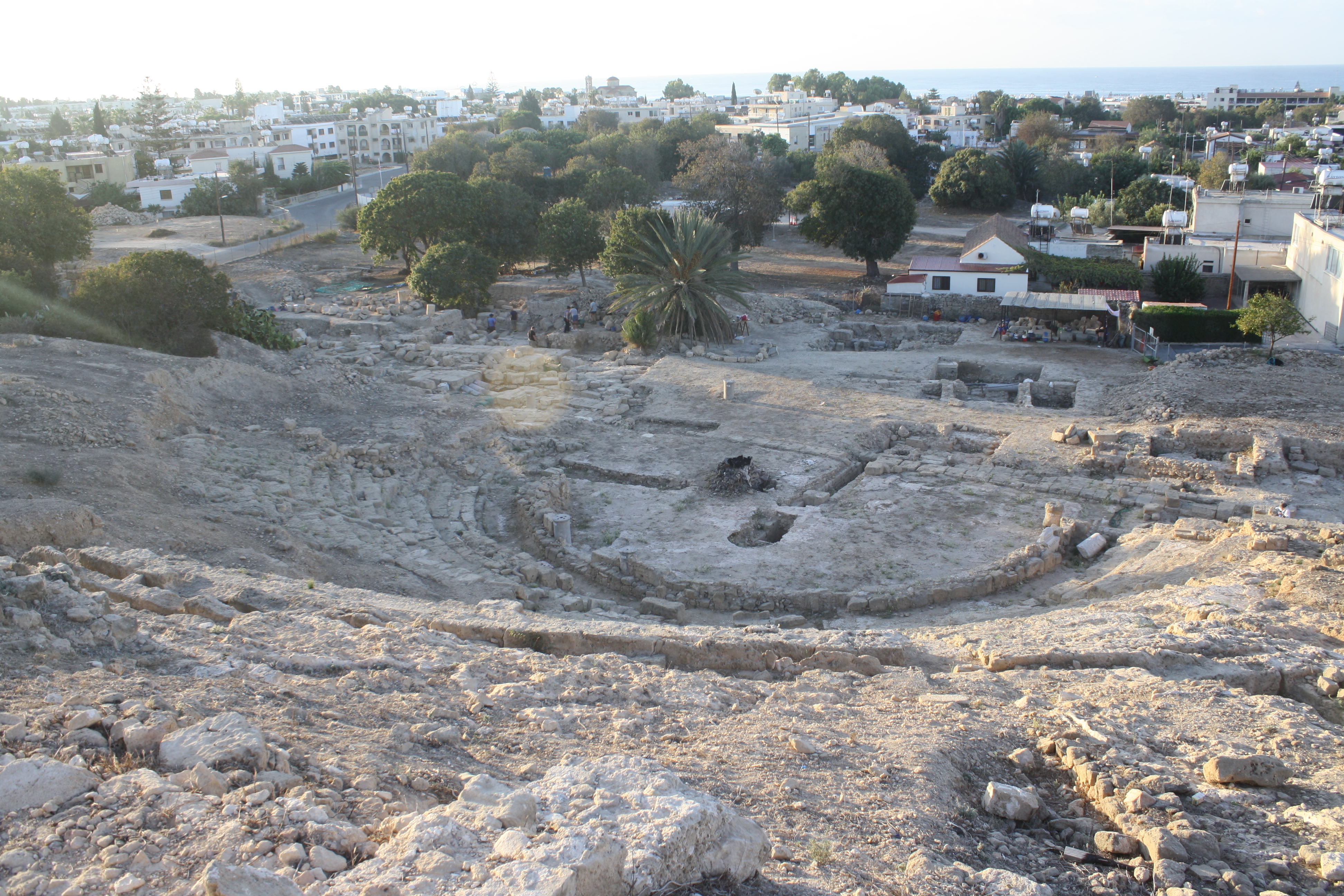
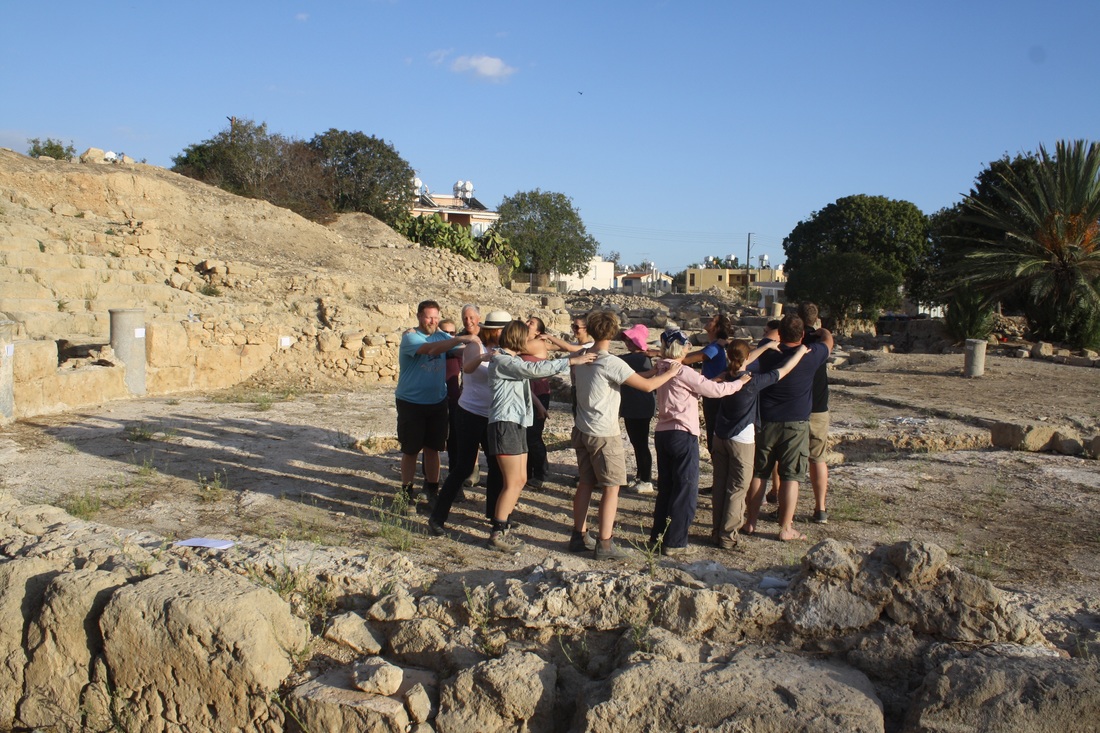
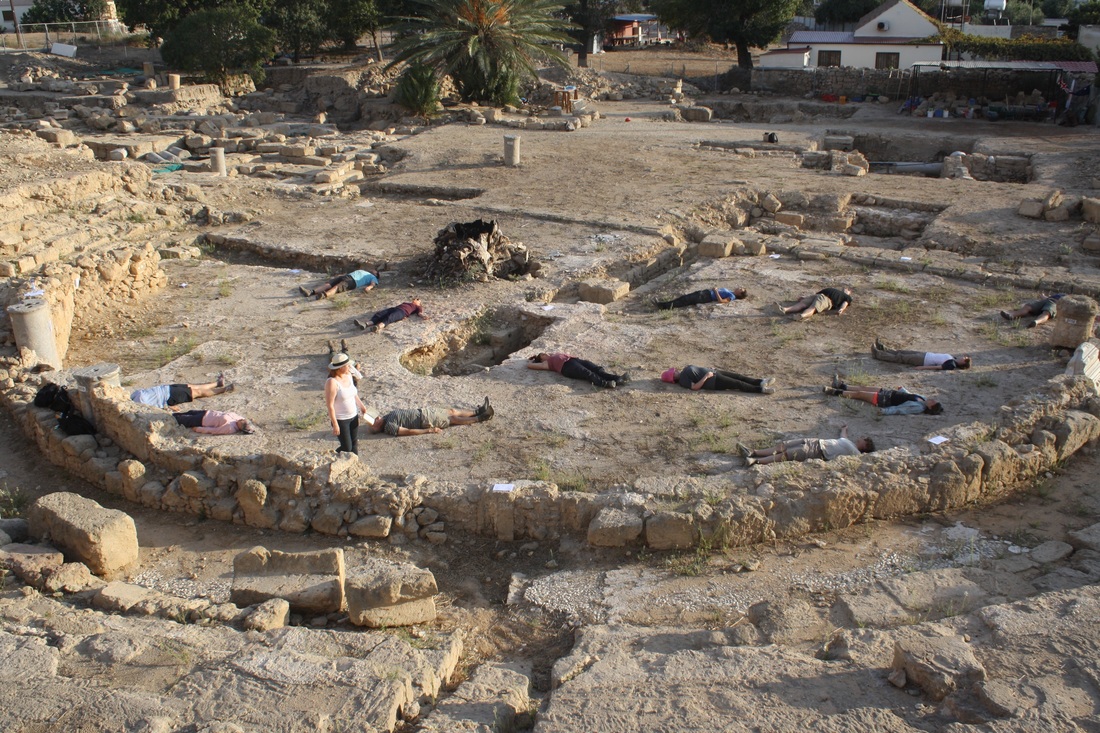
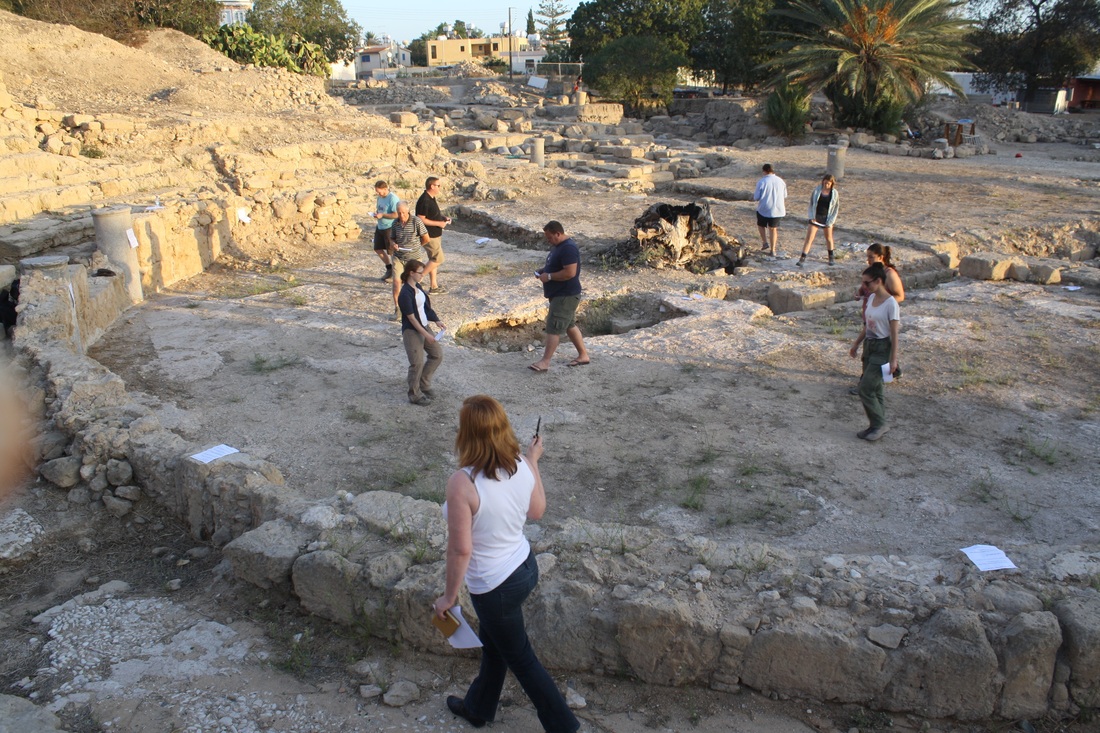
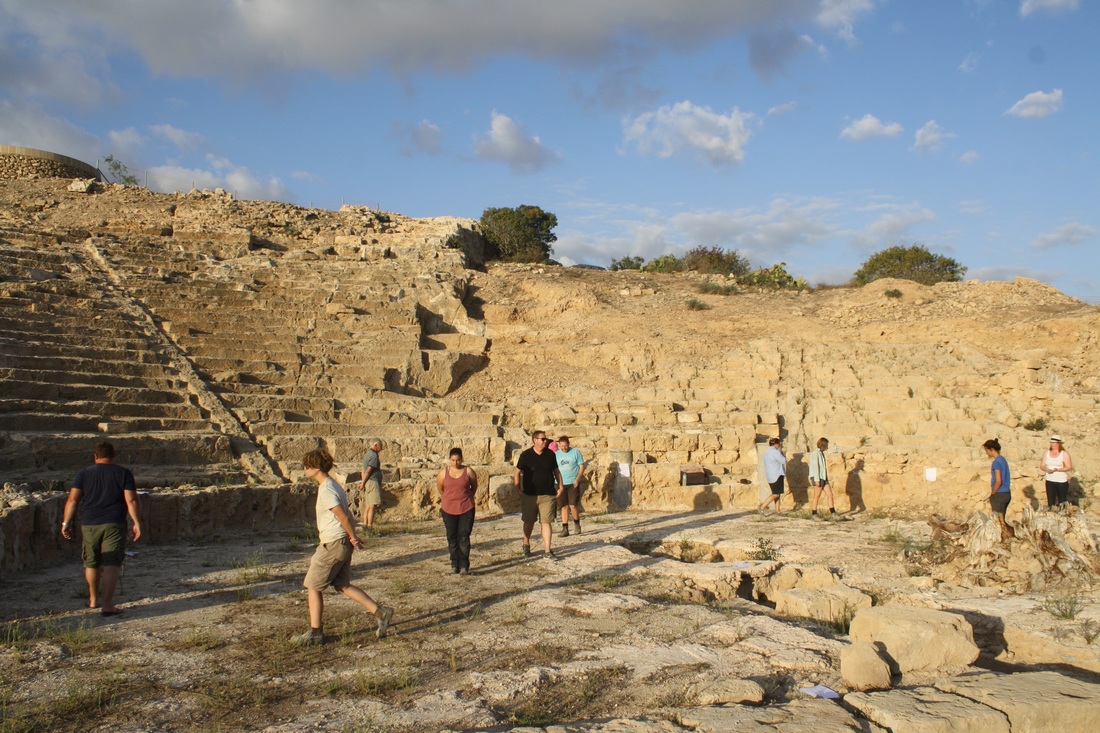
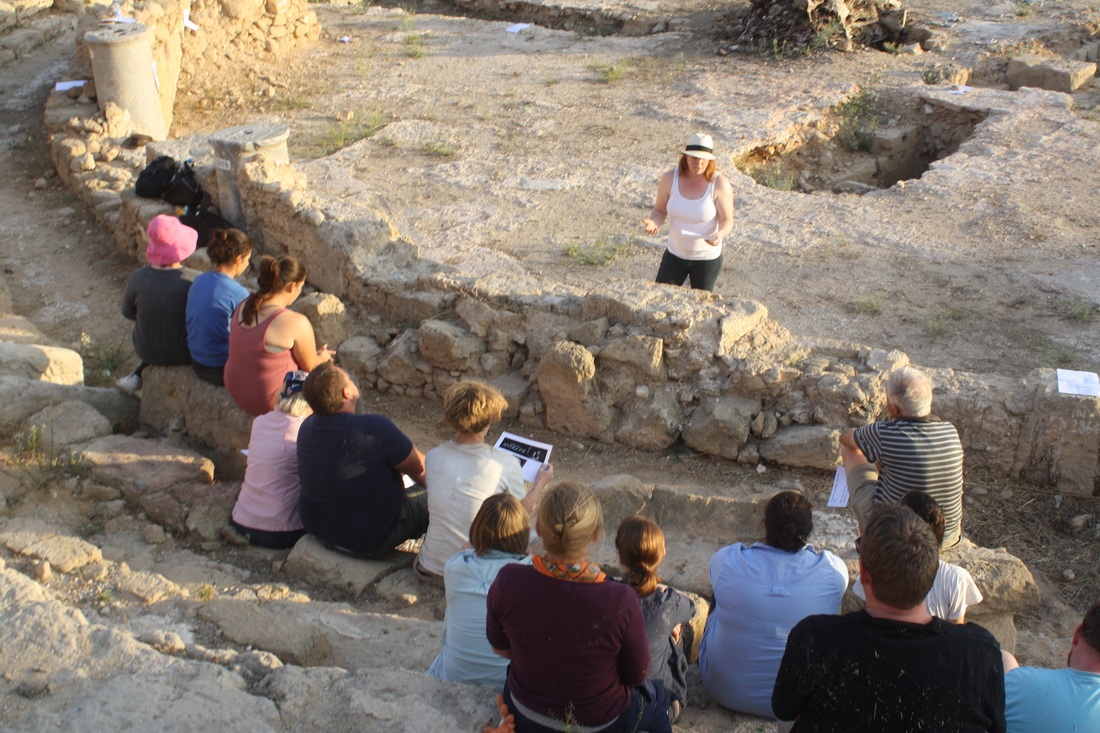


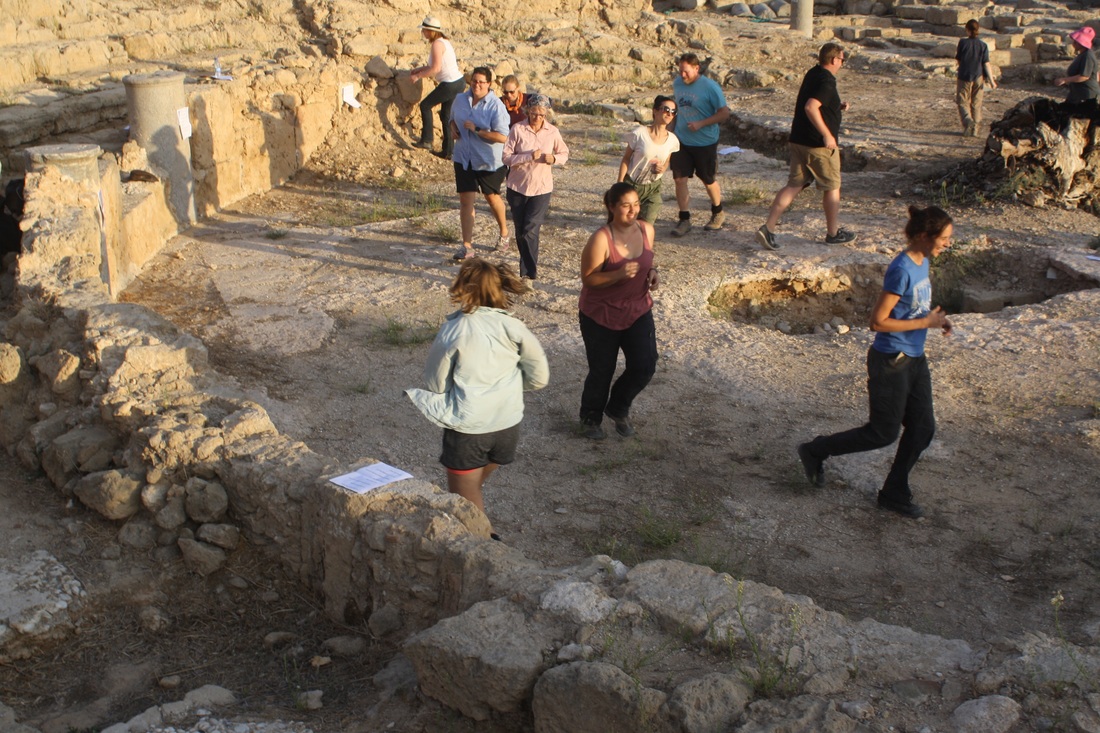
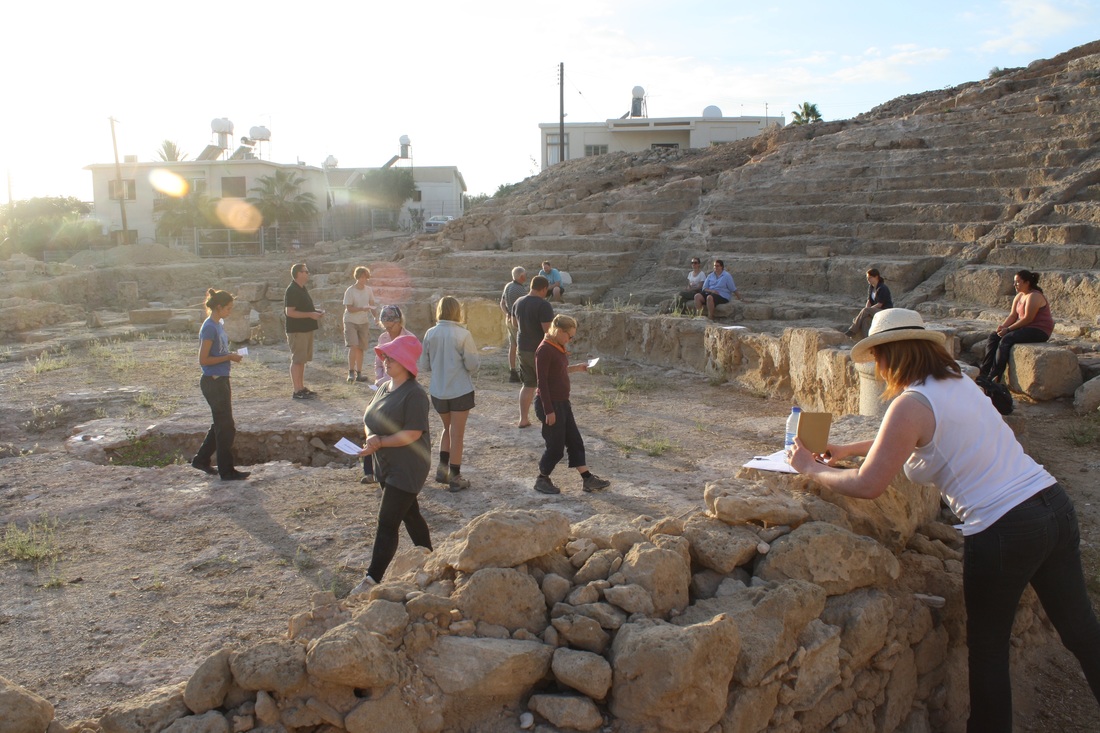


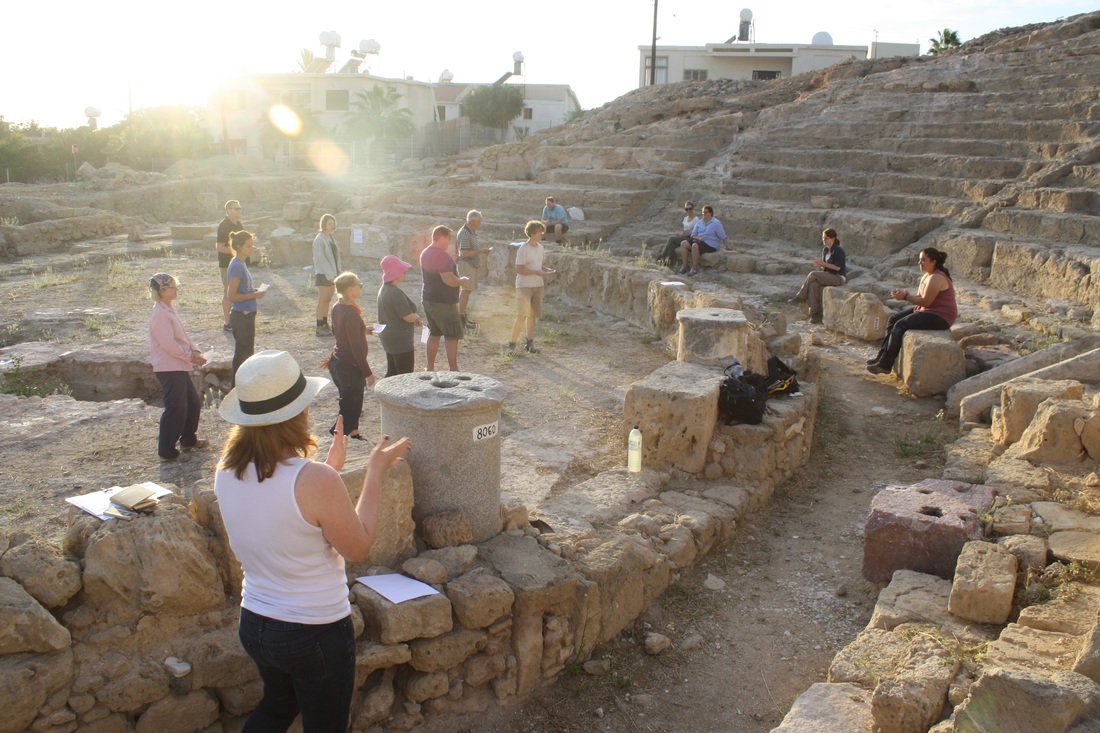
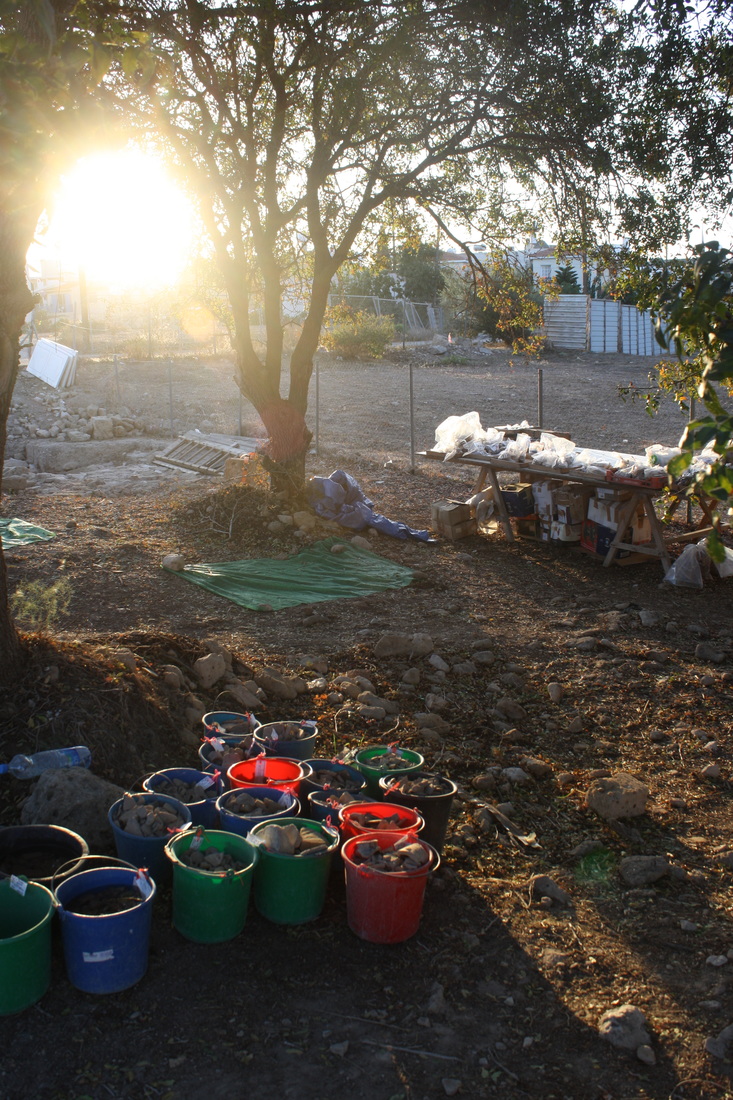
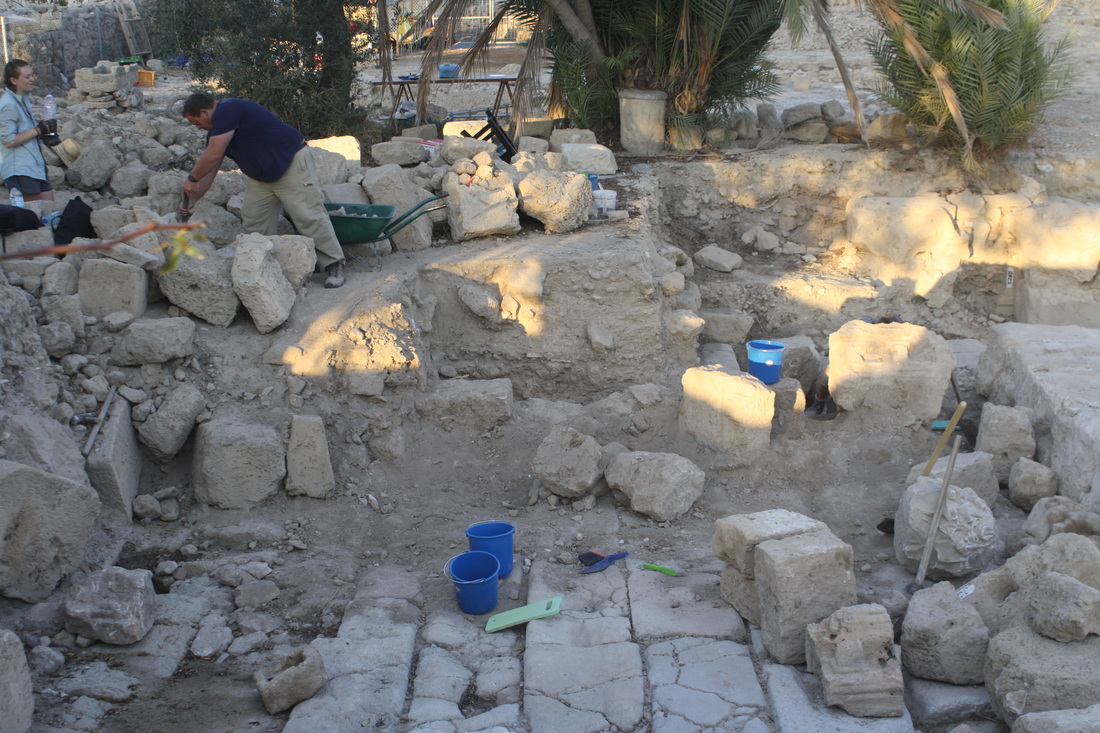
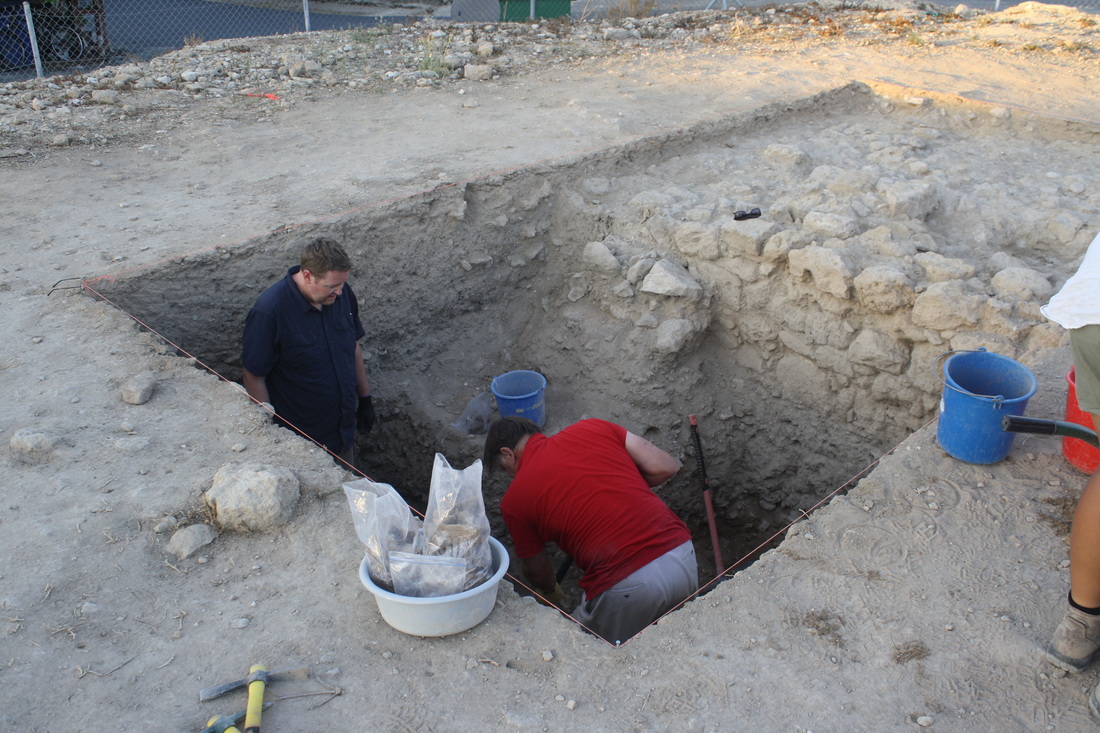
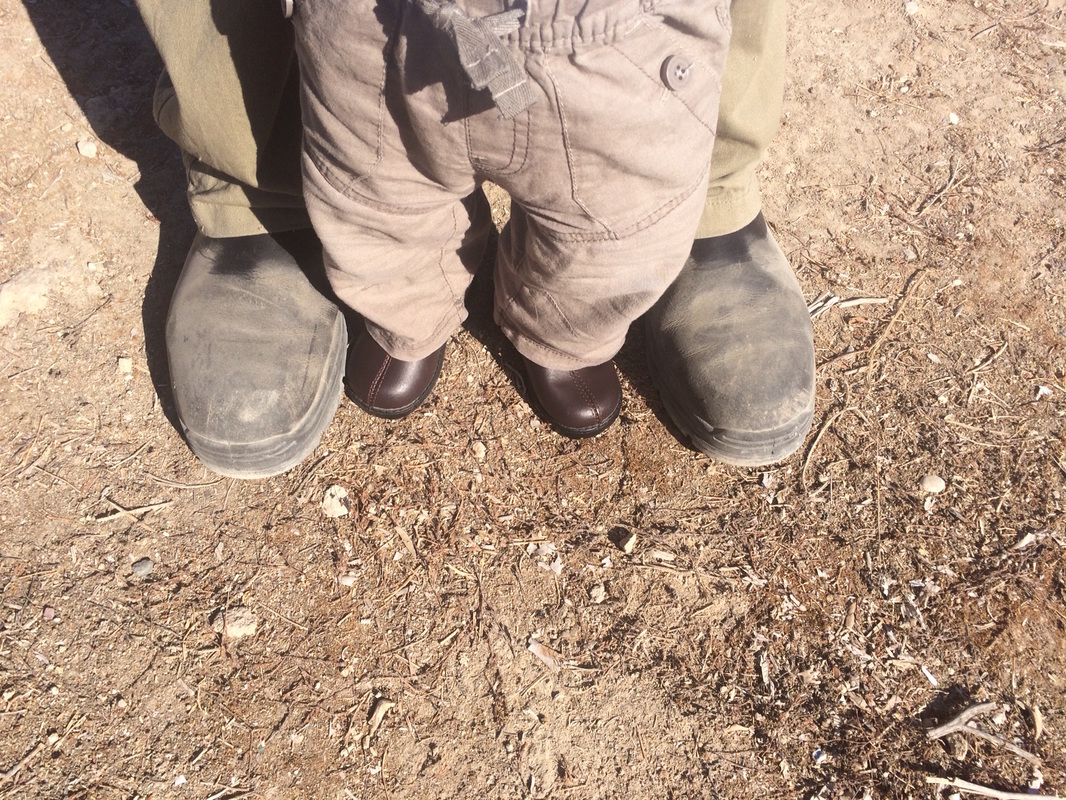
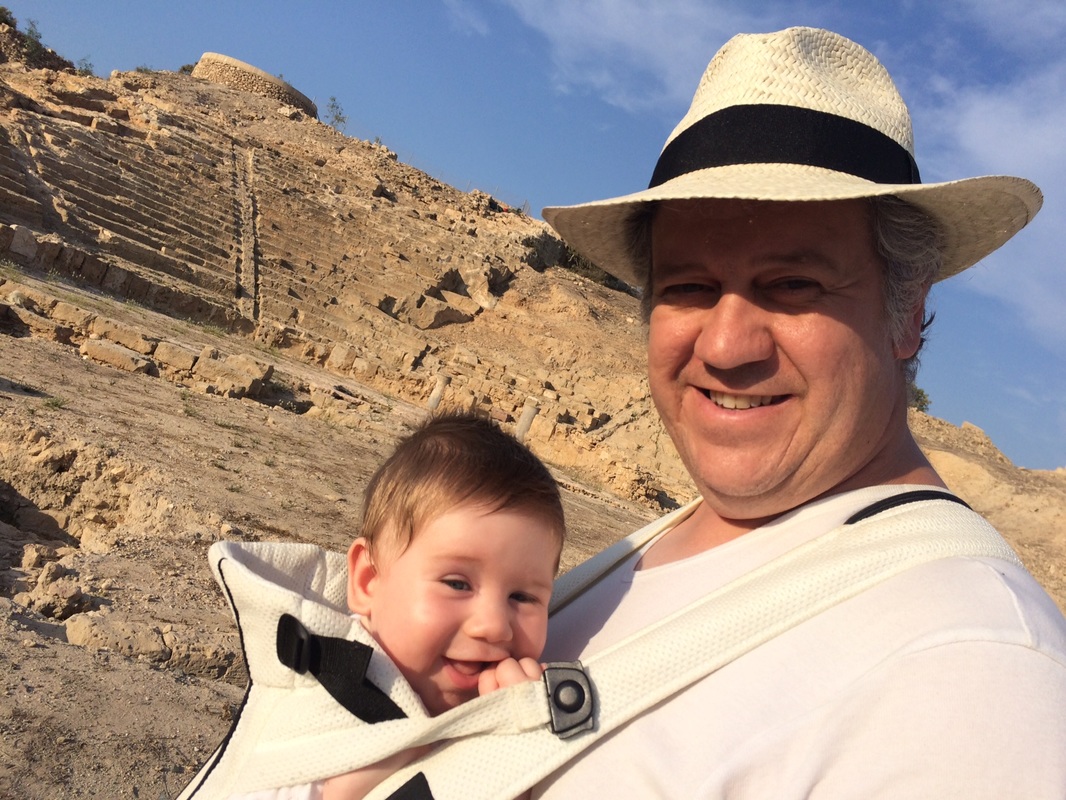
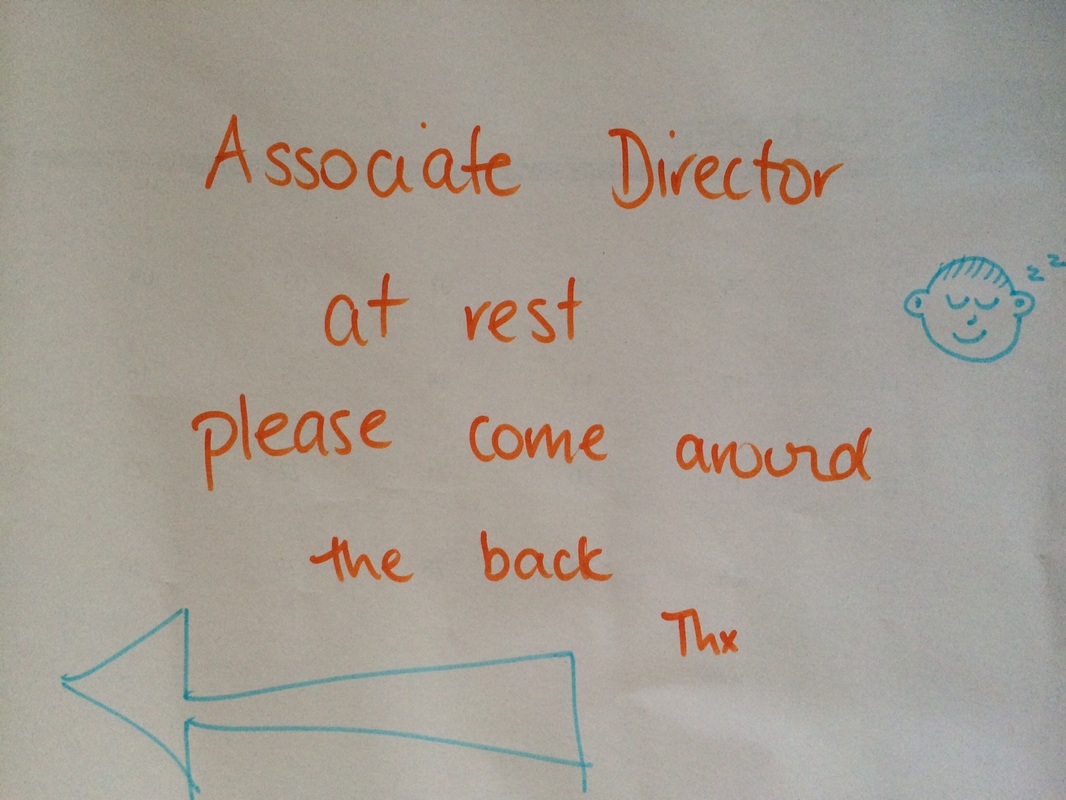
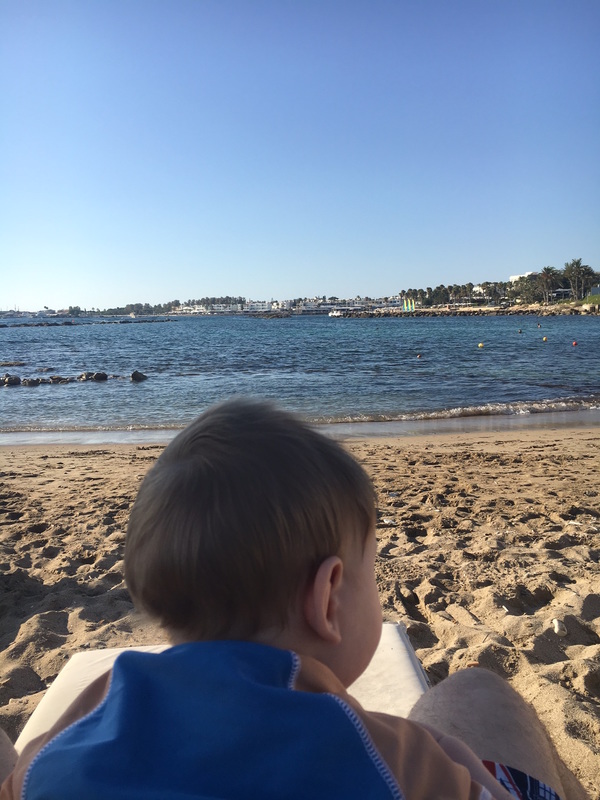
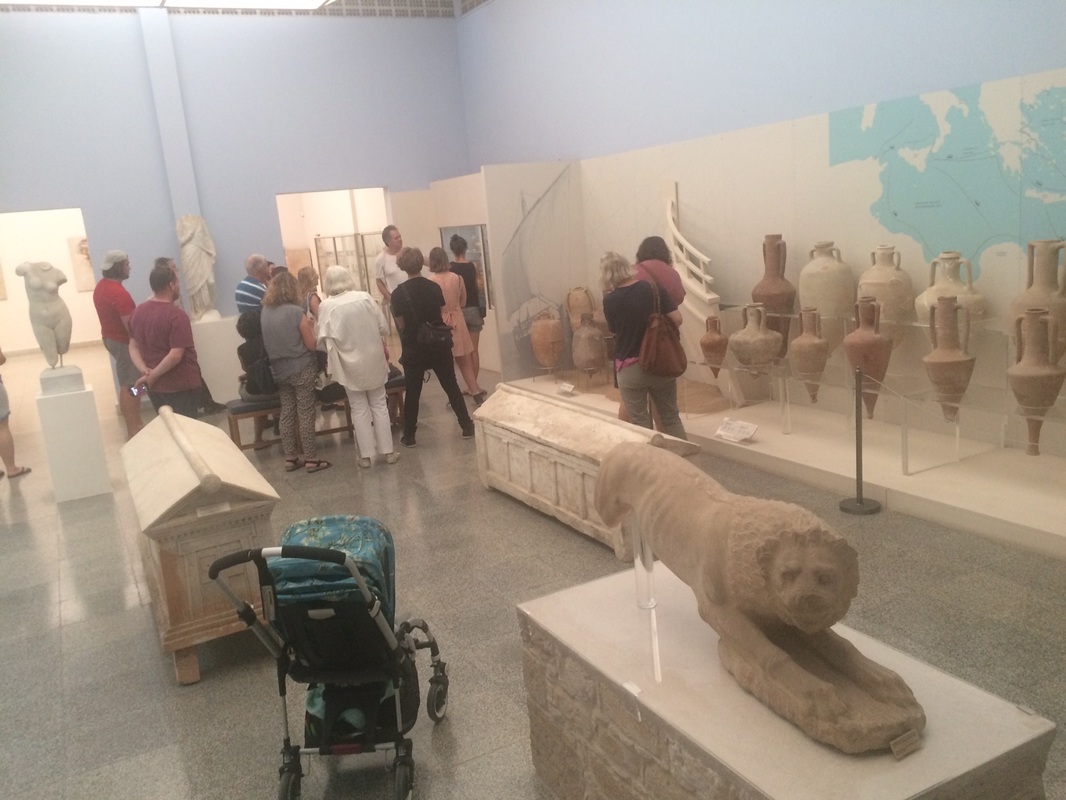
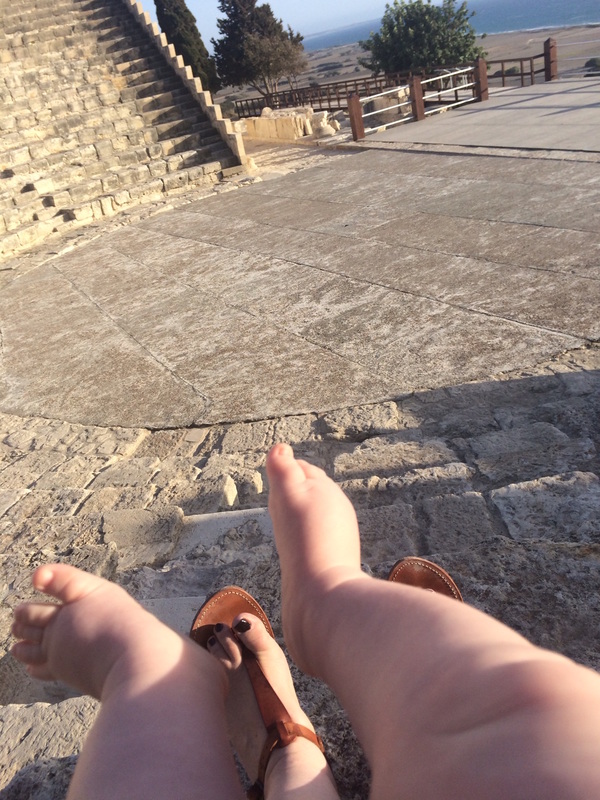
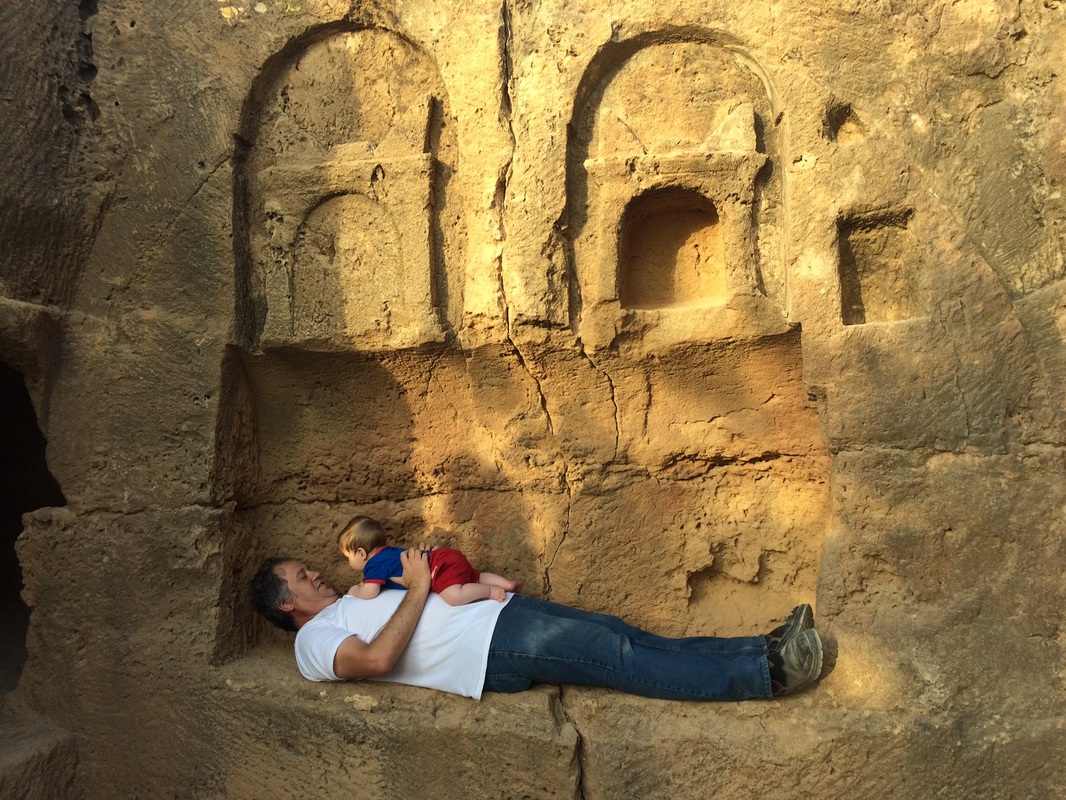
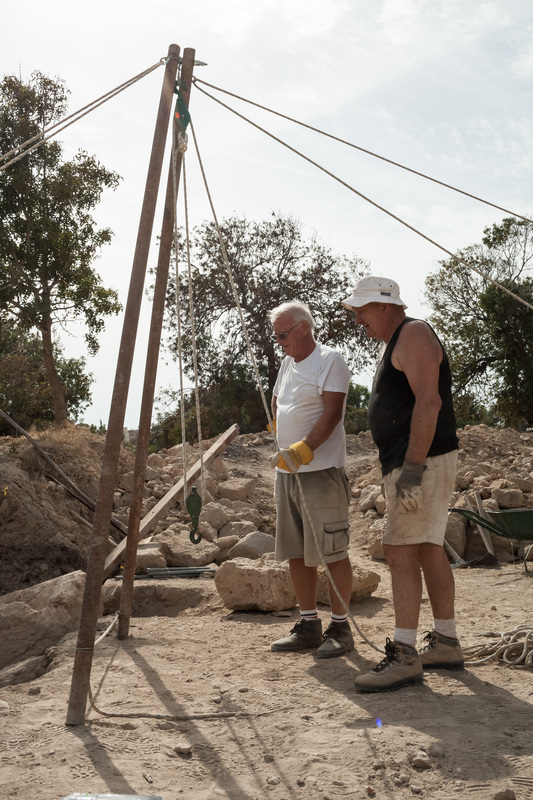
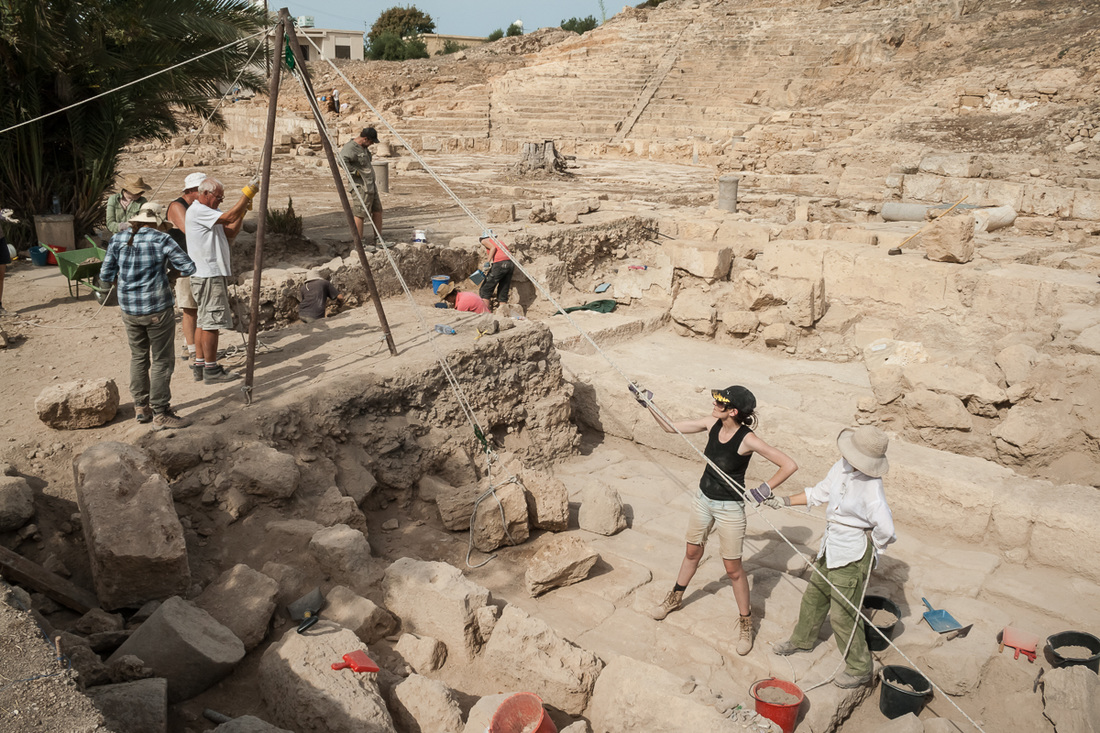
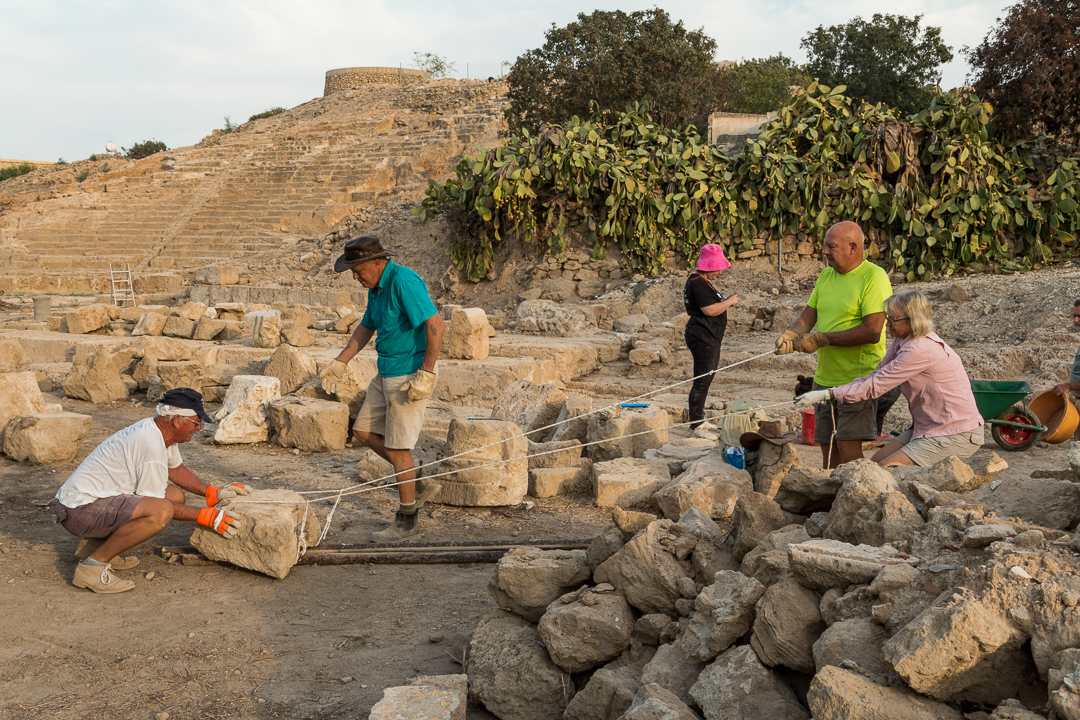
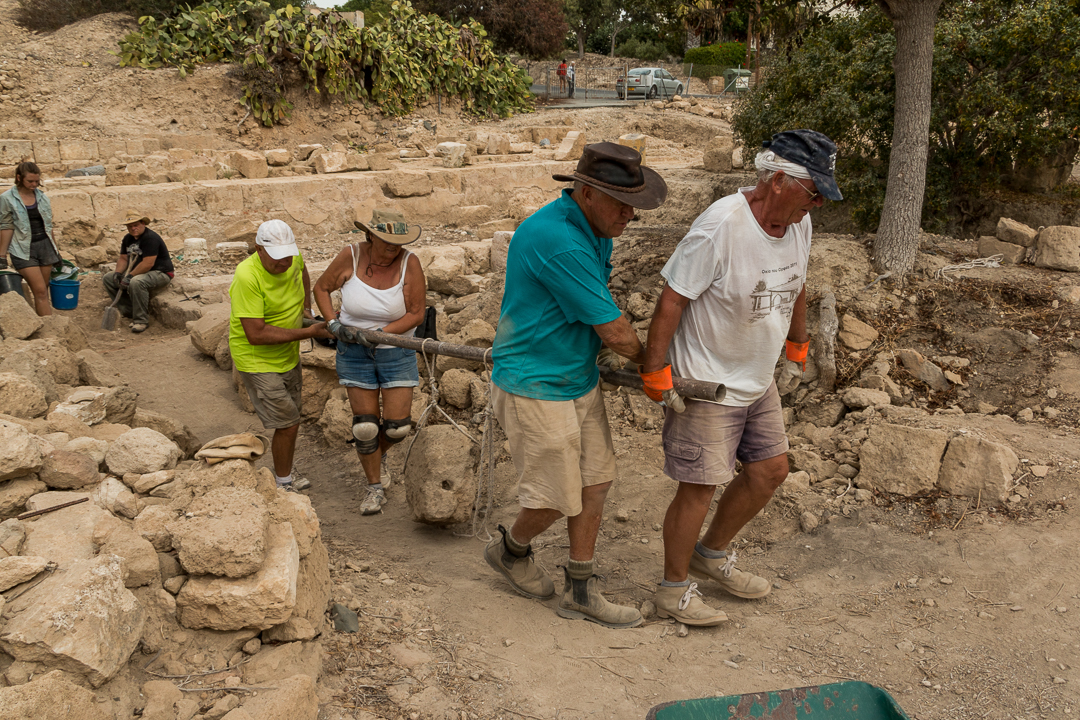
 RSS Feed
RSS Feed